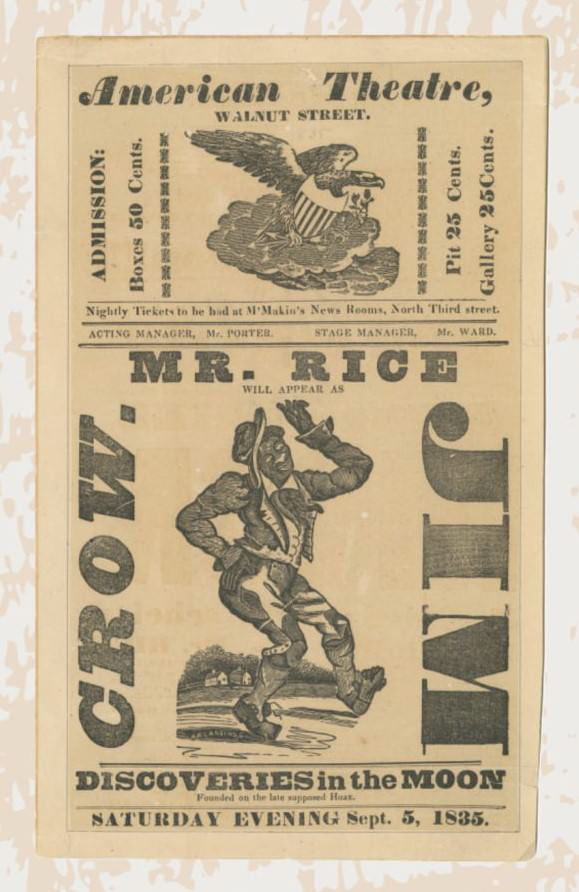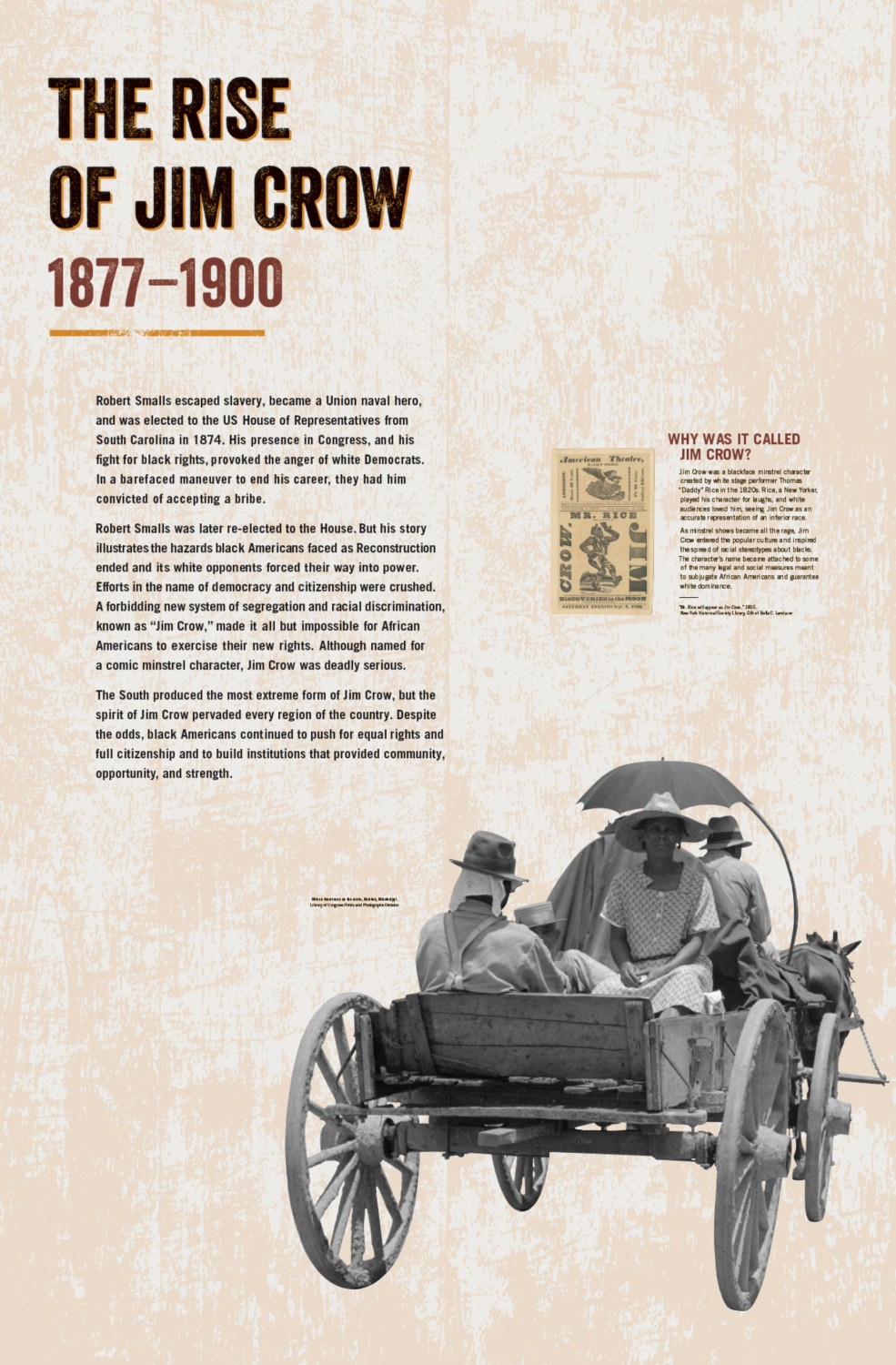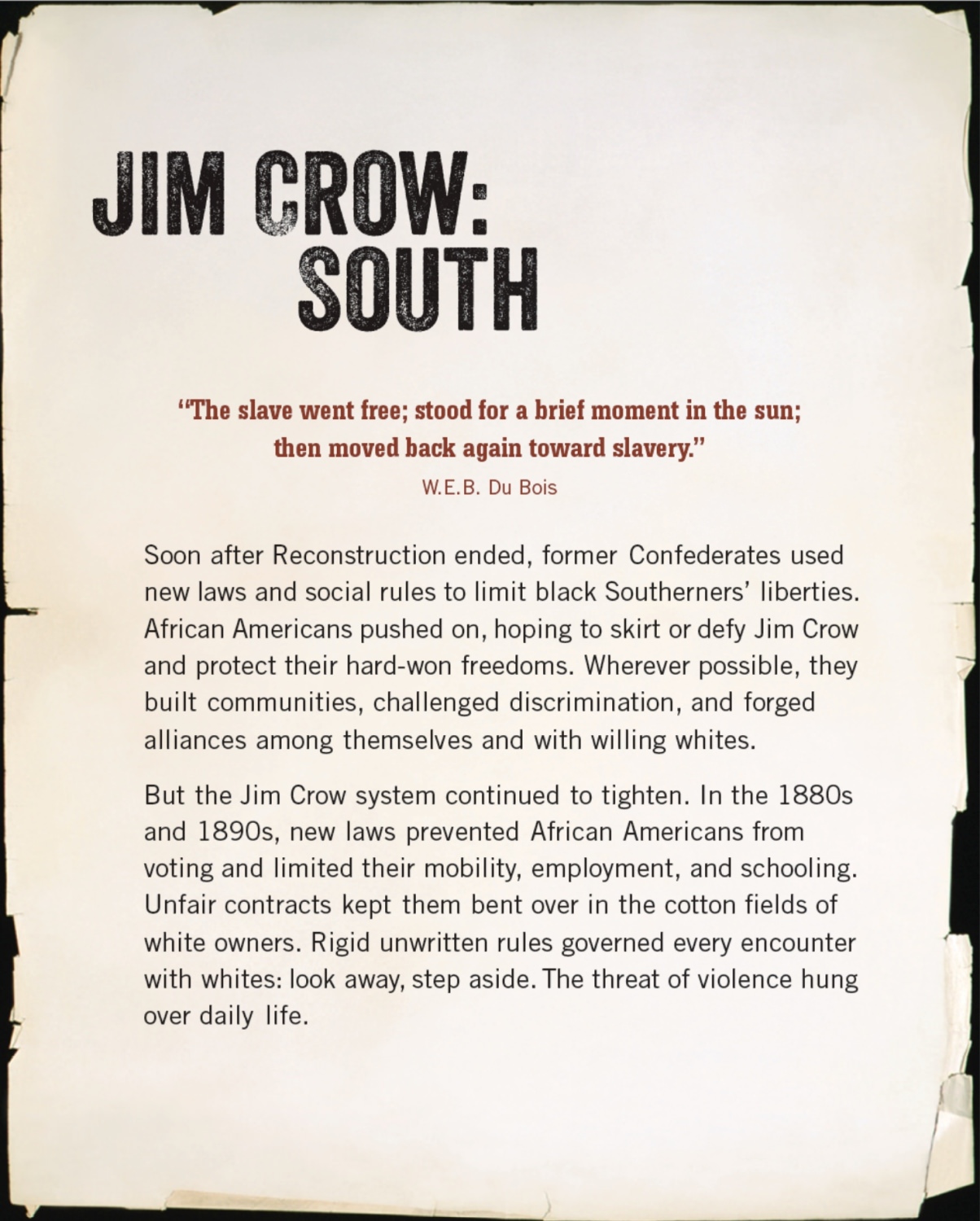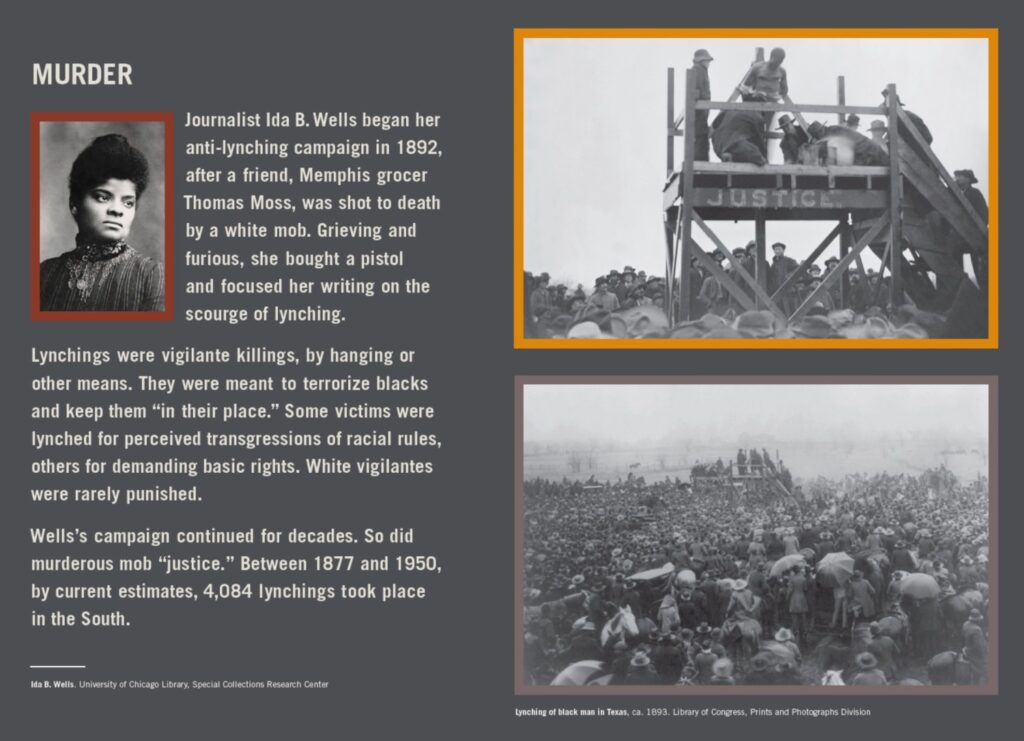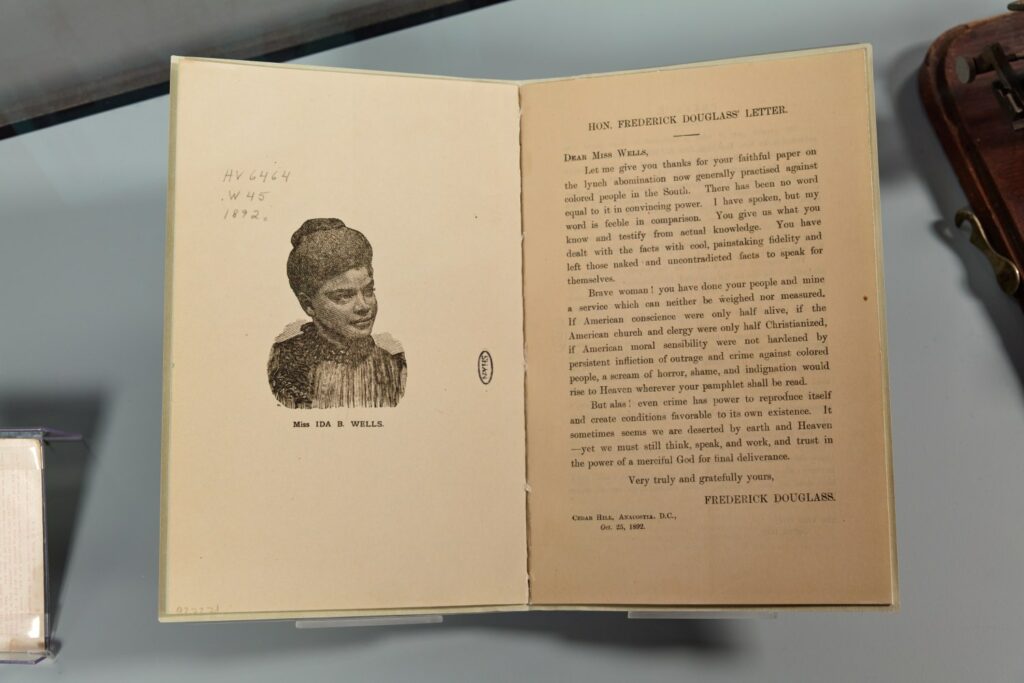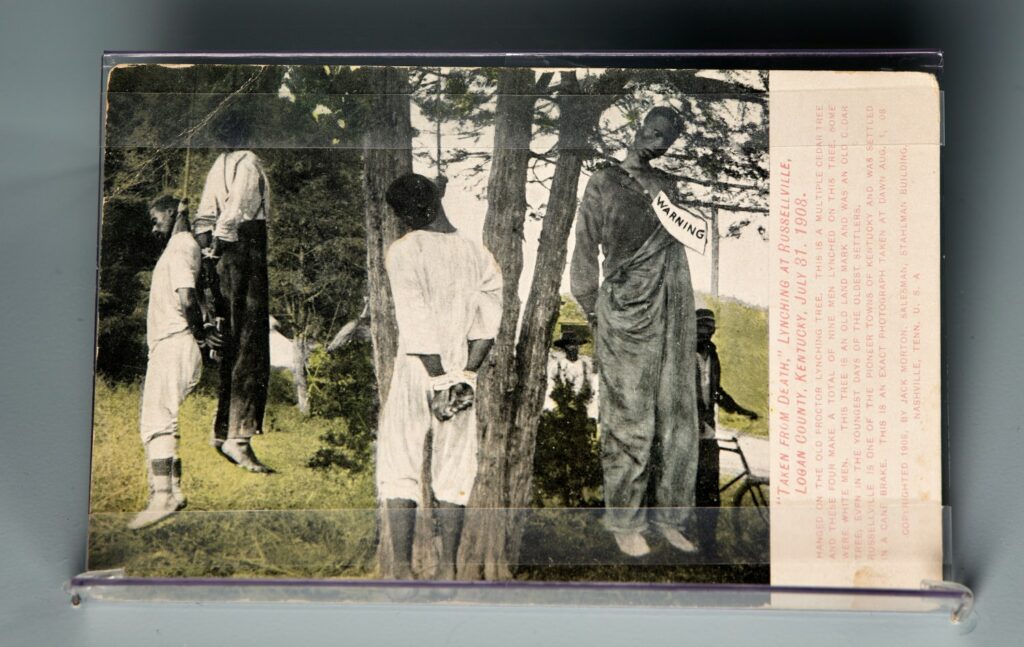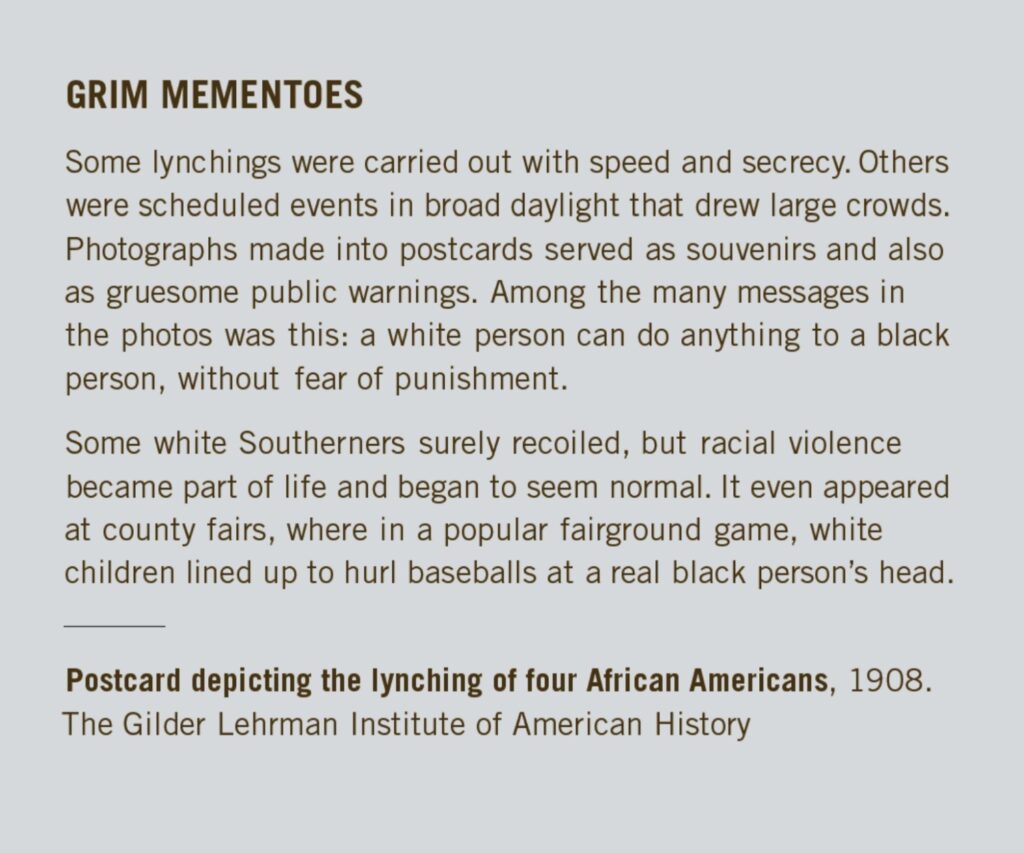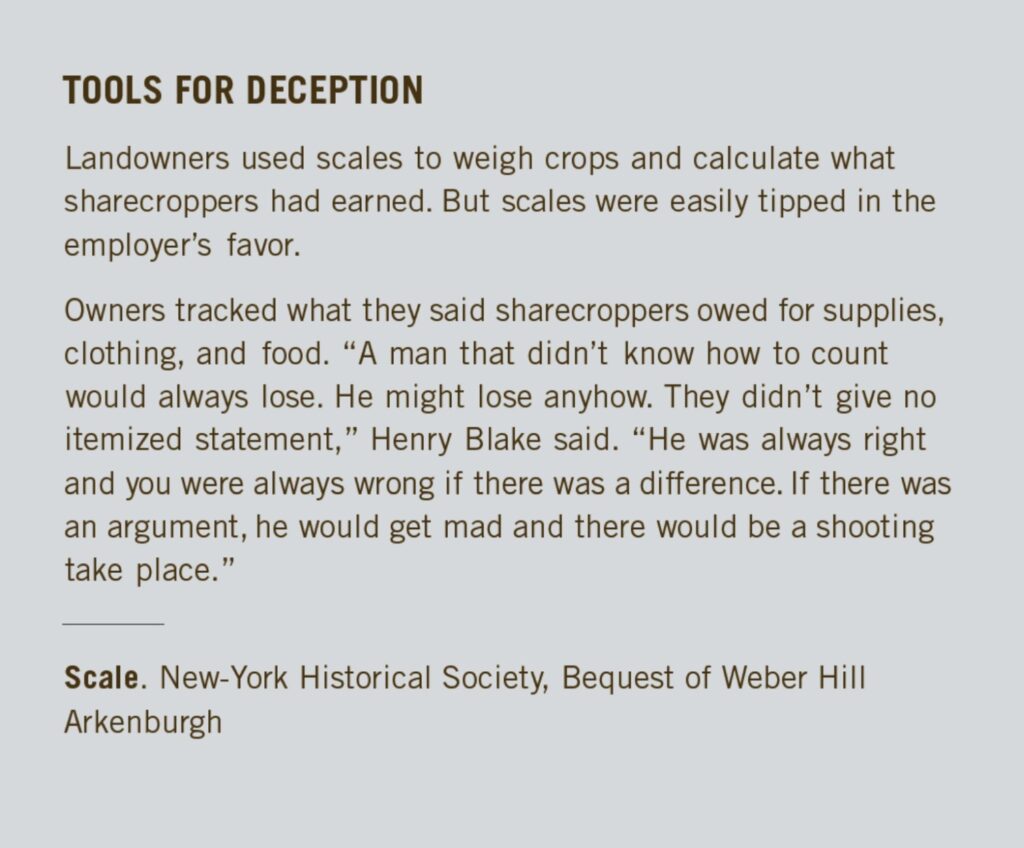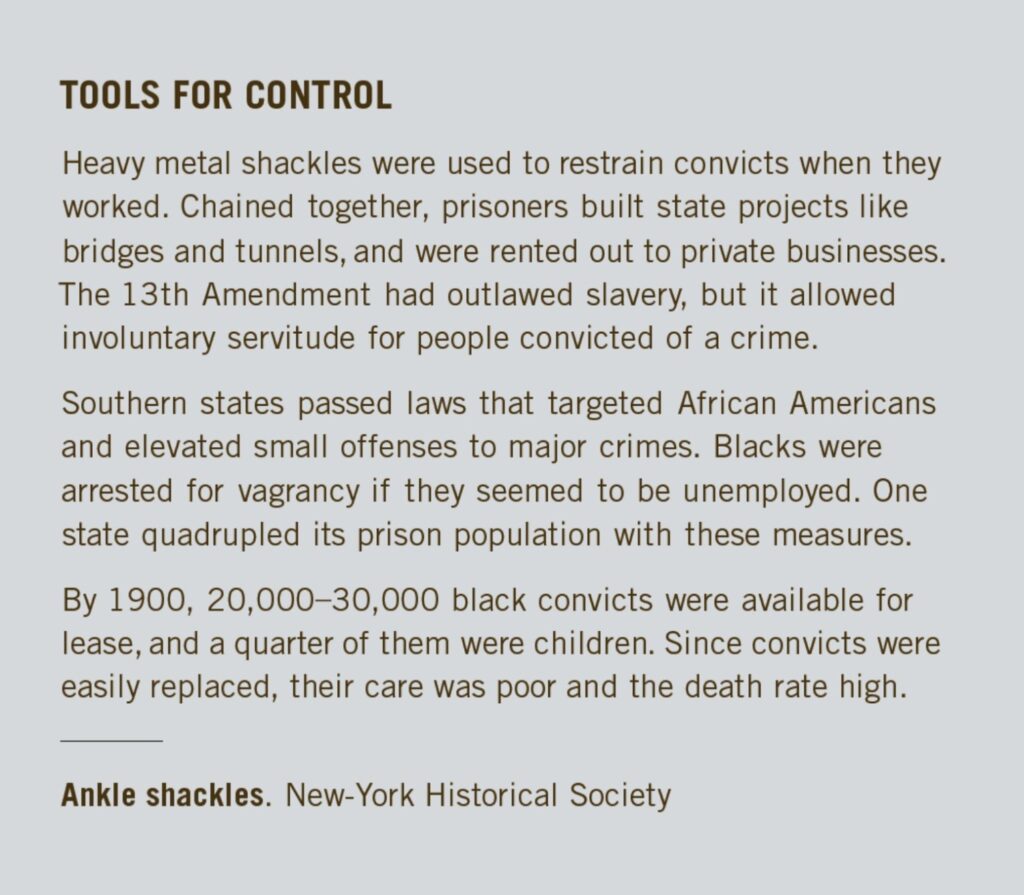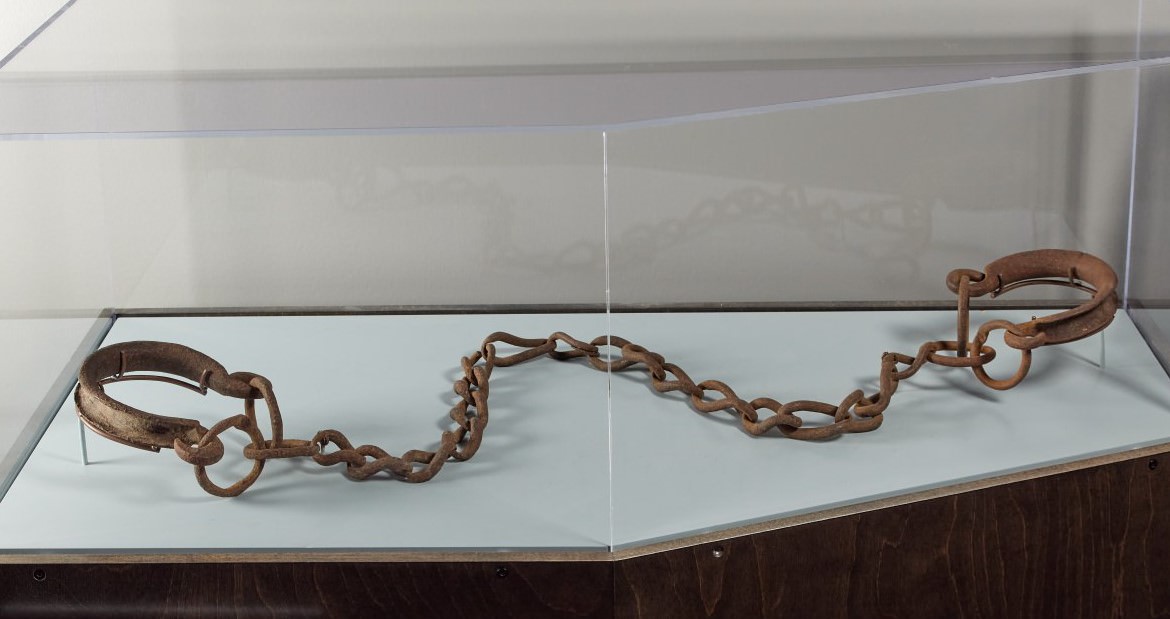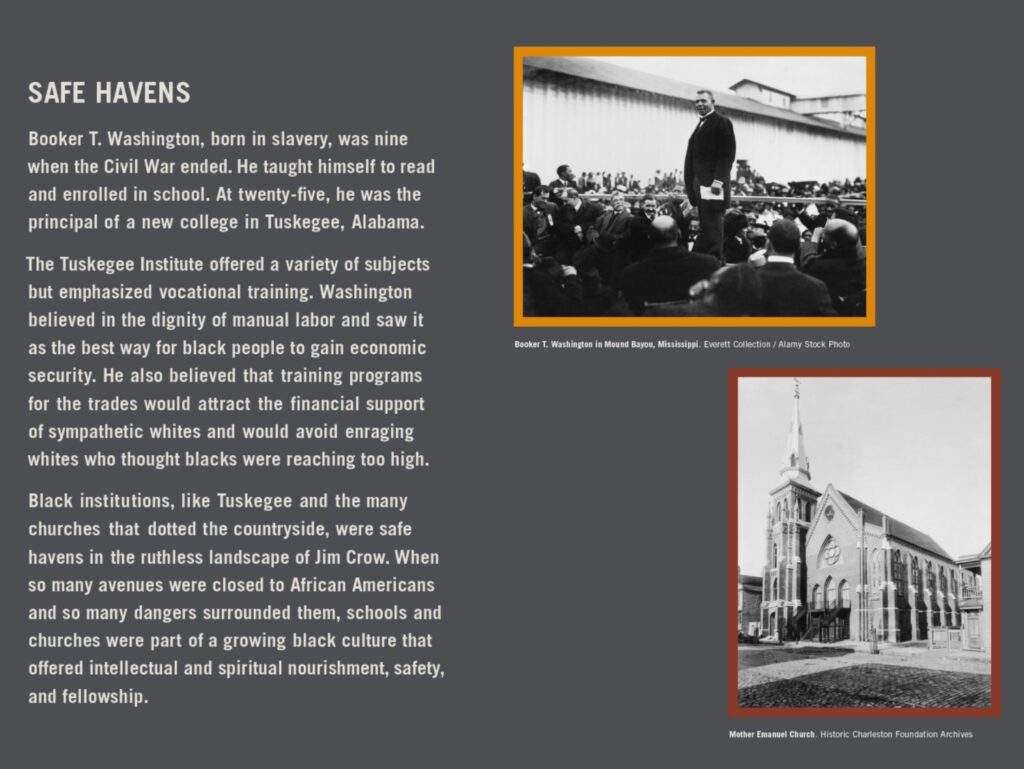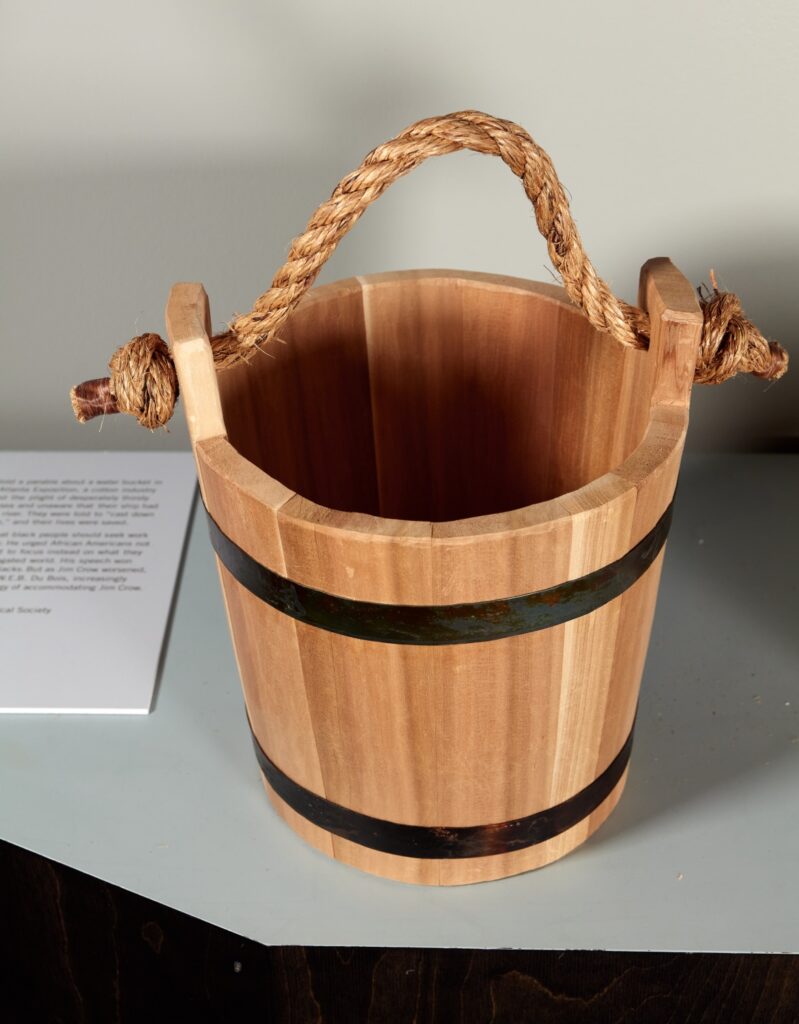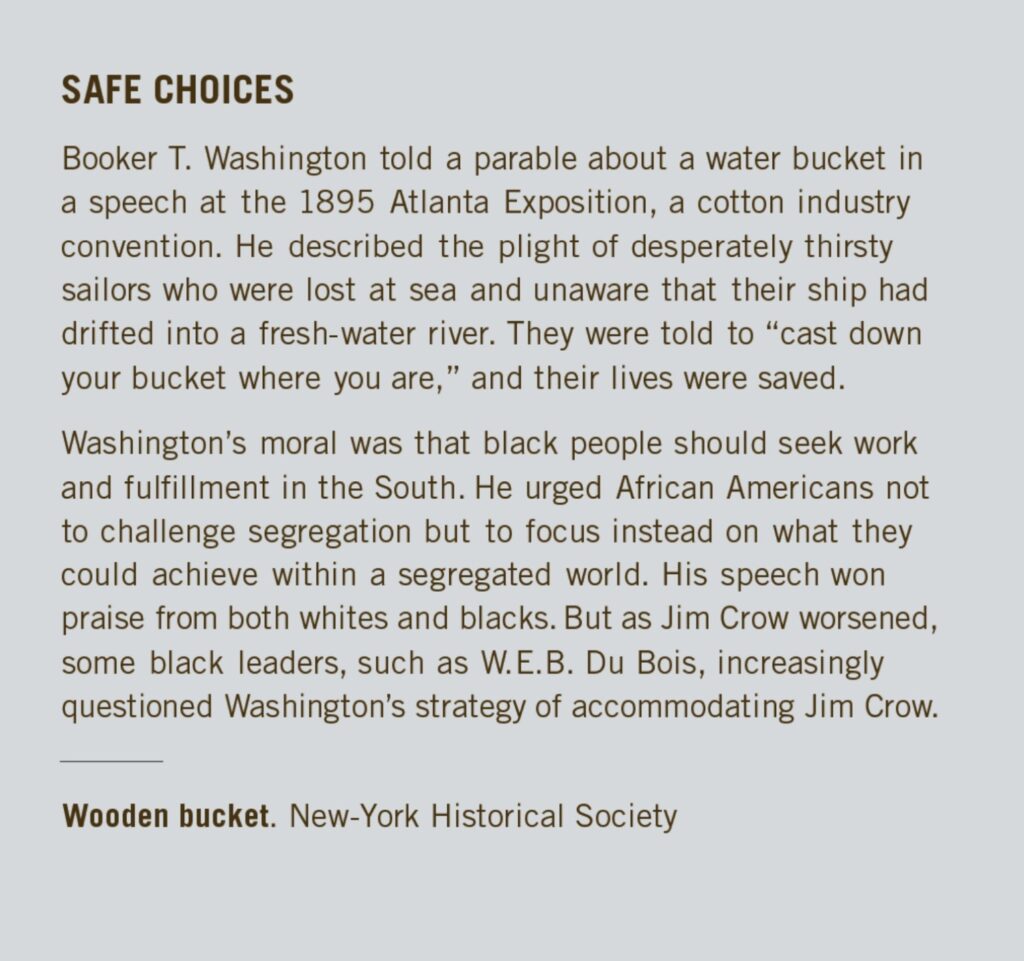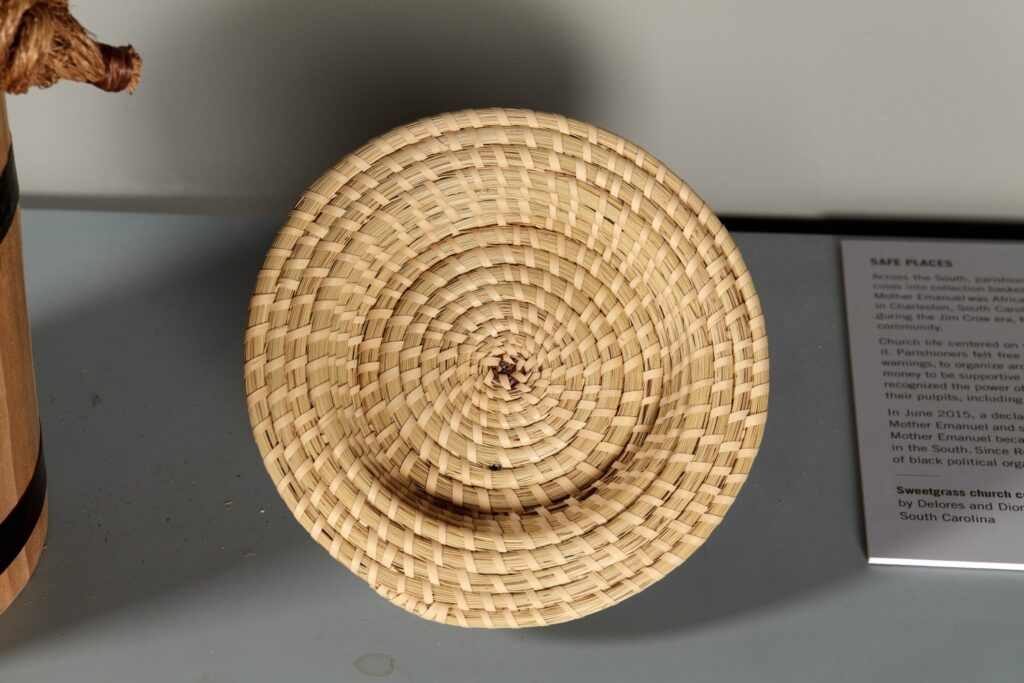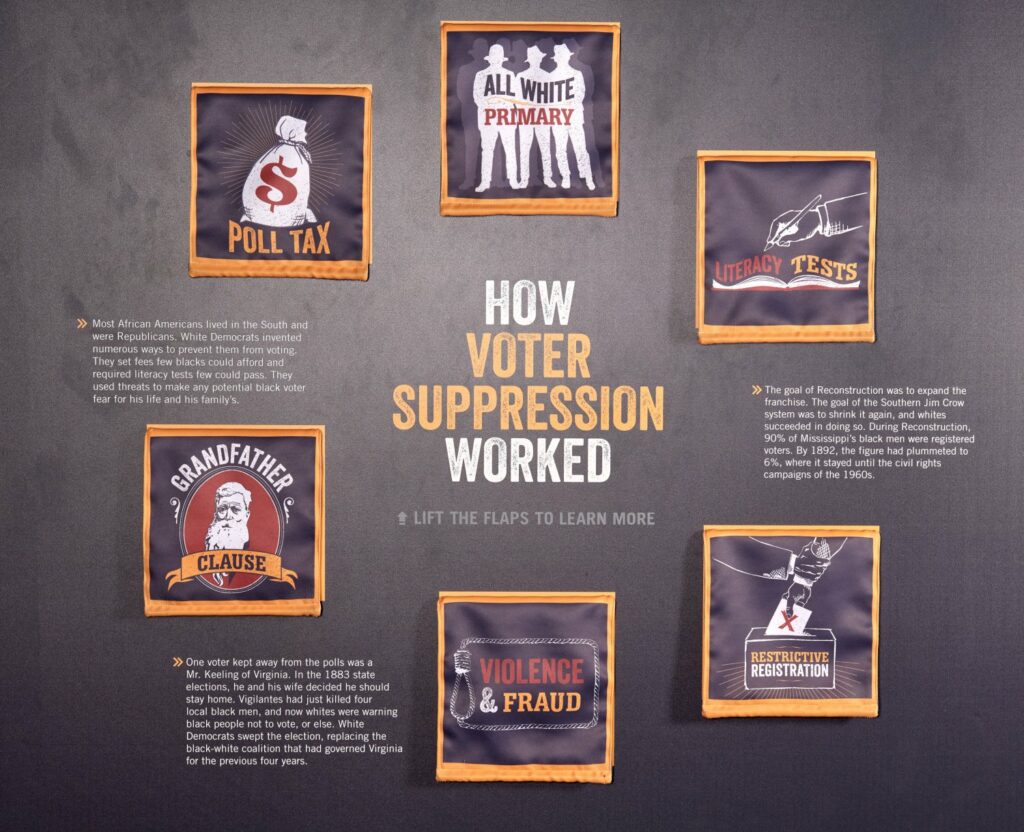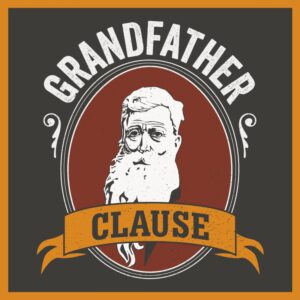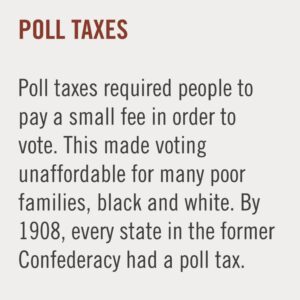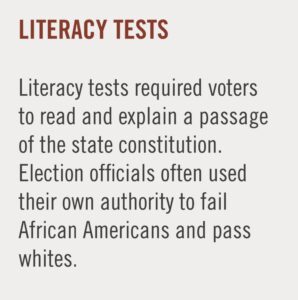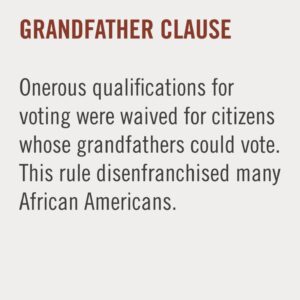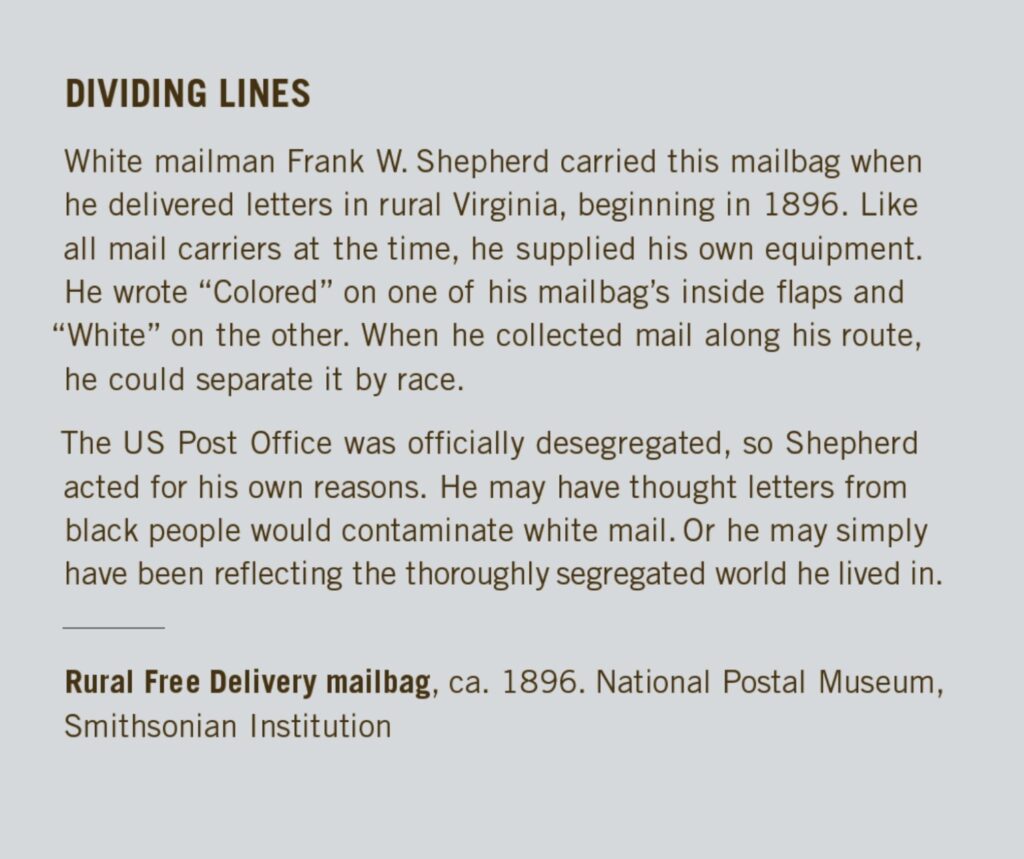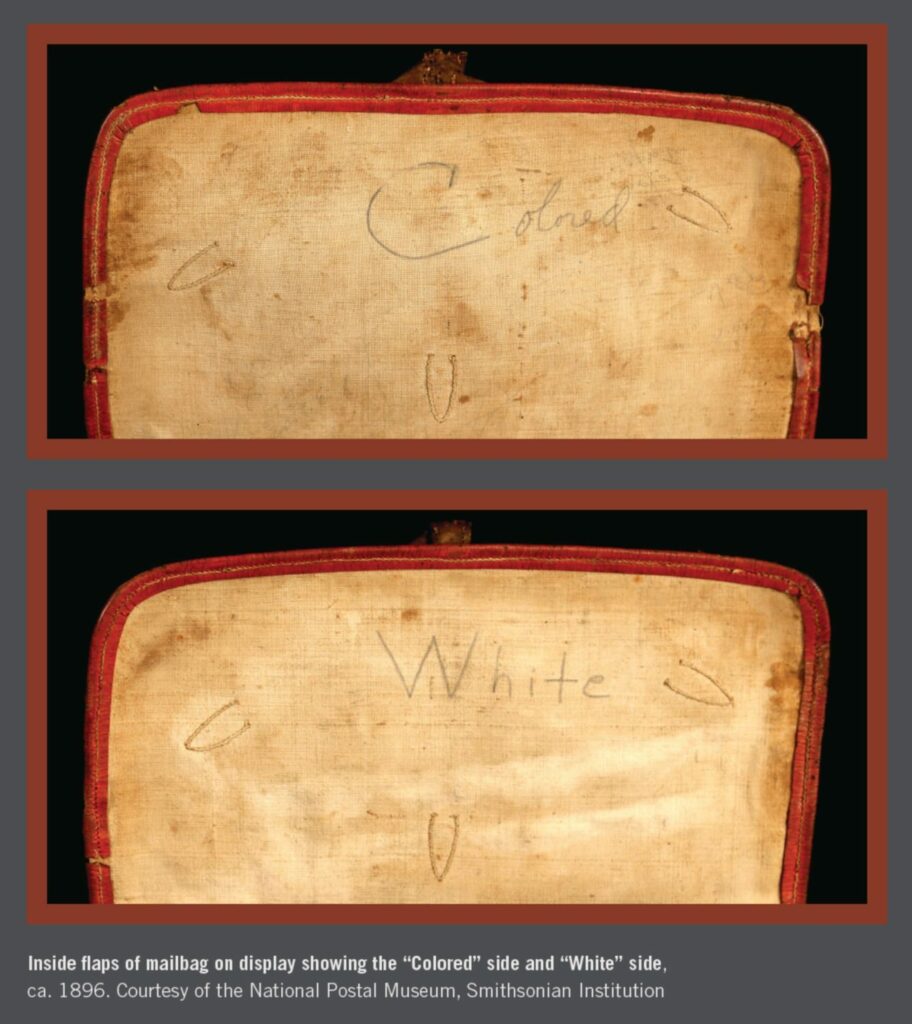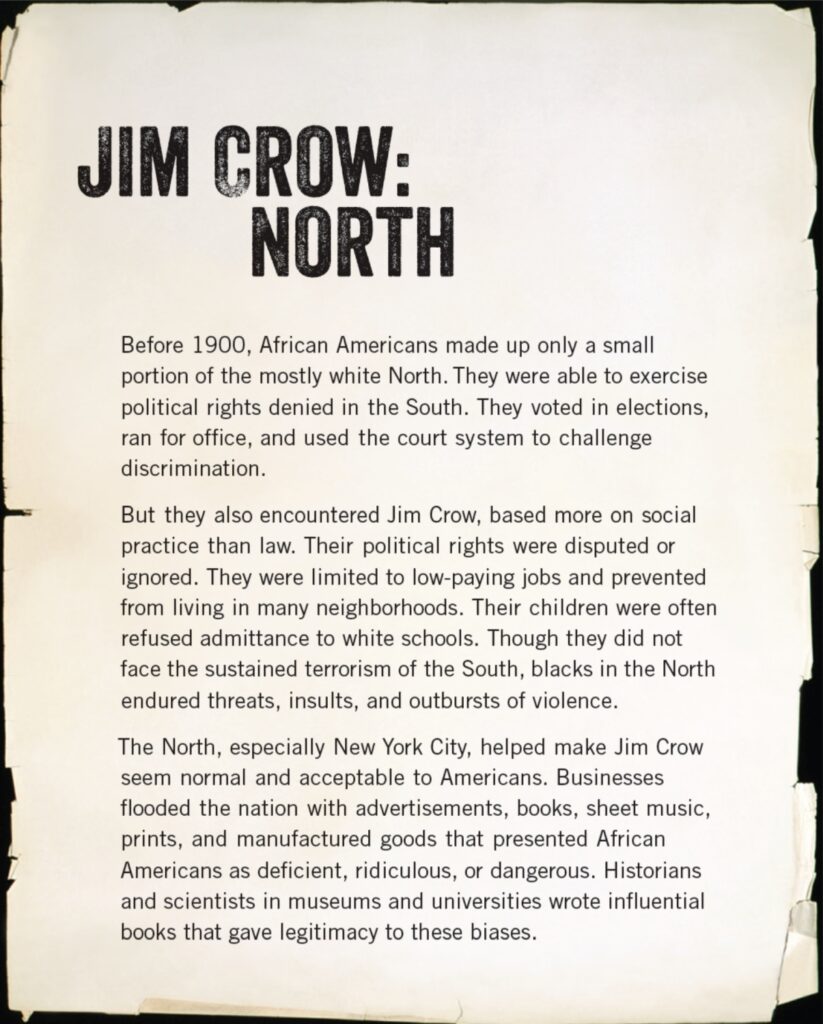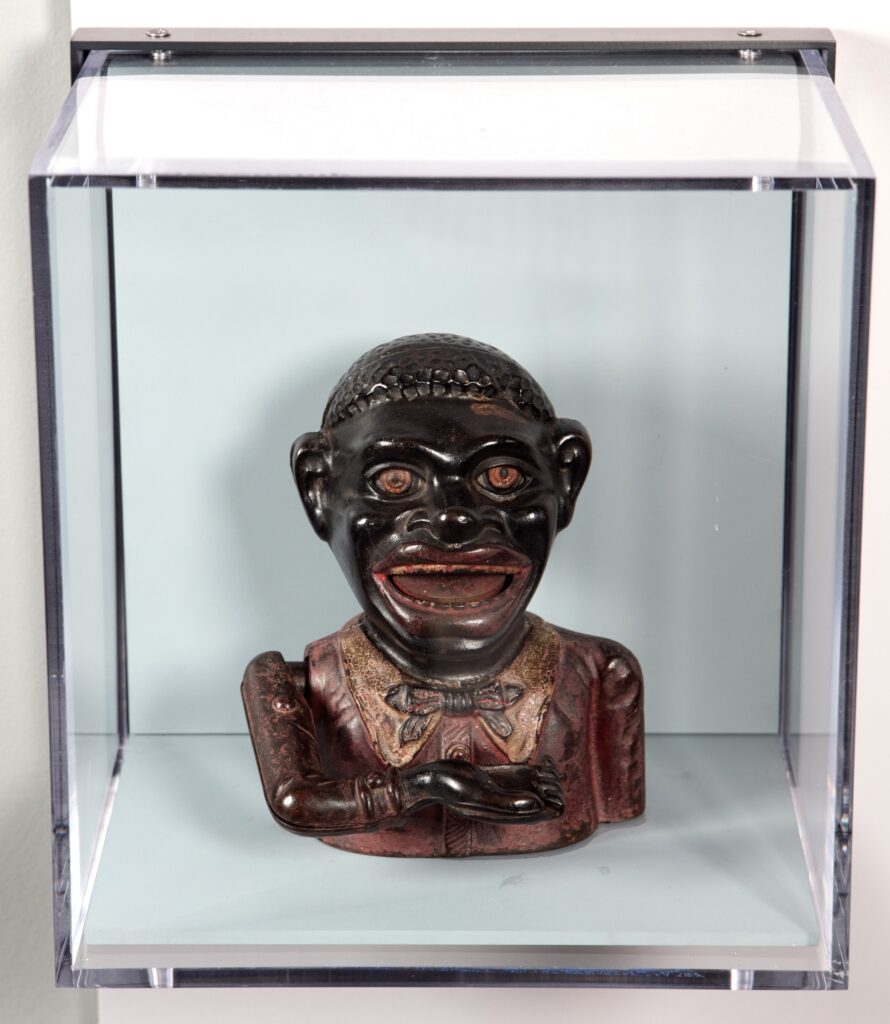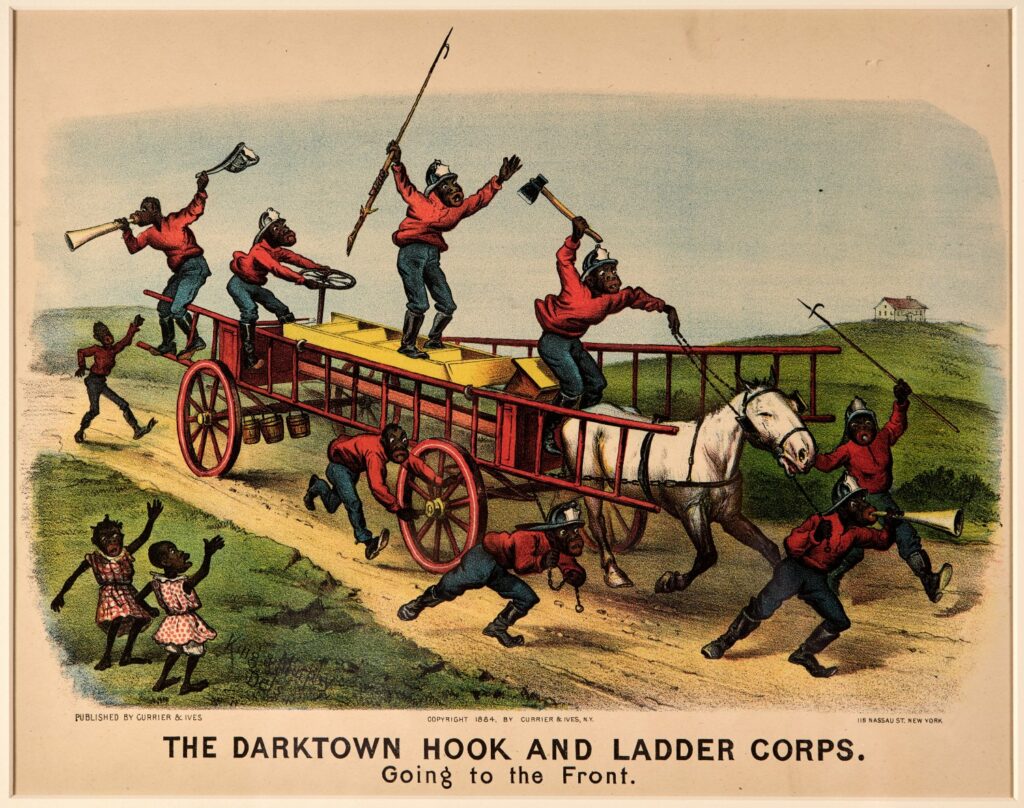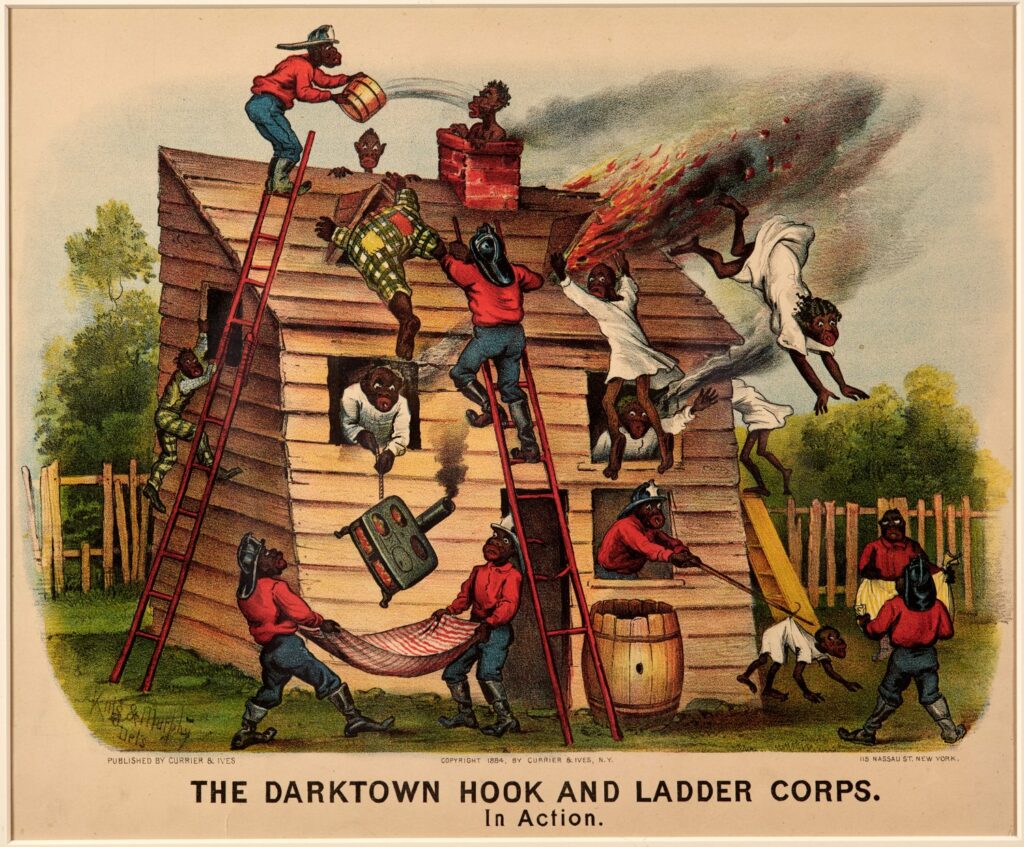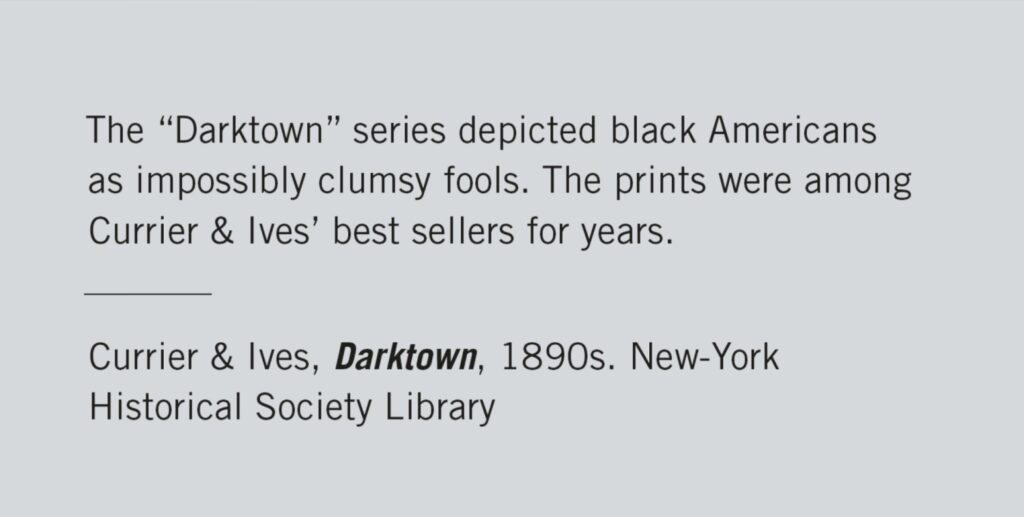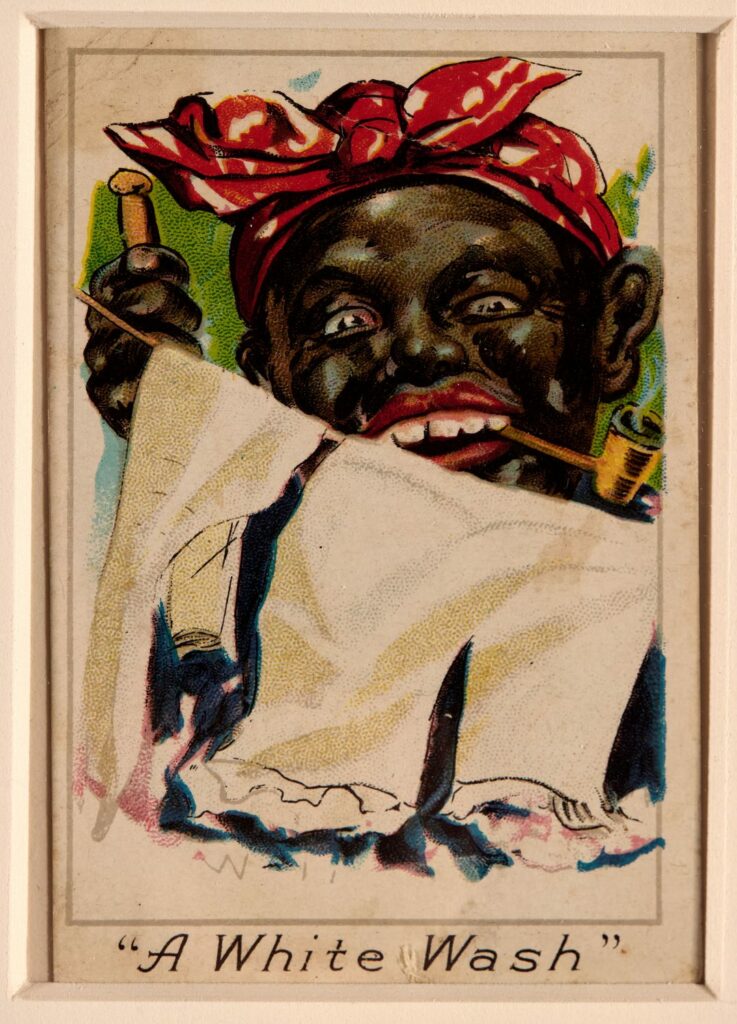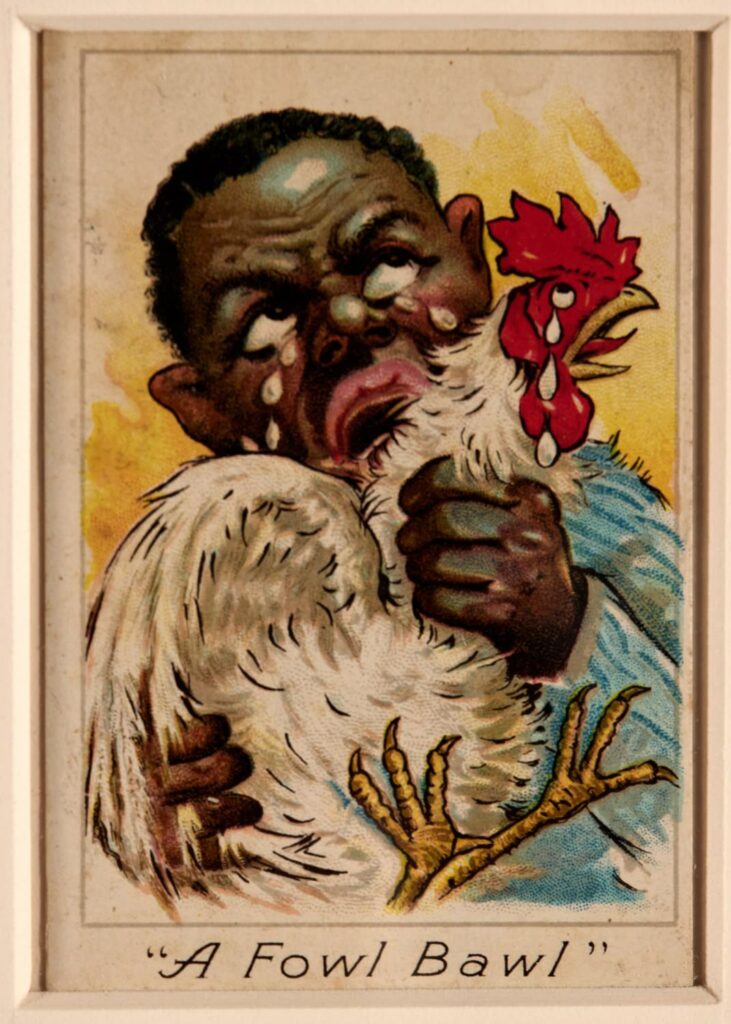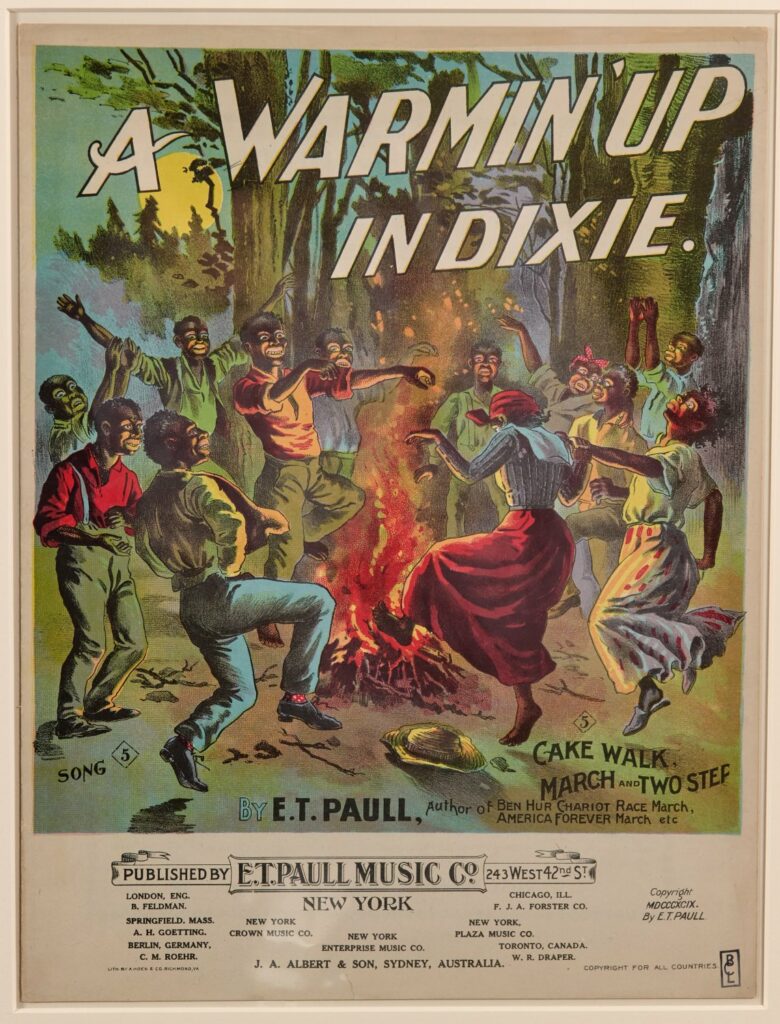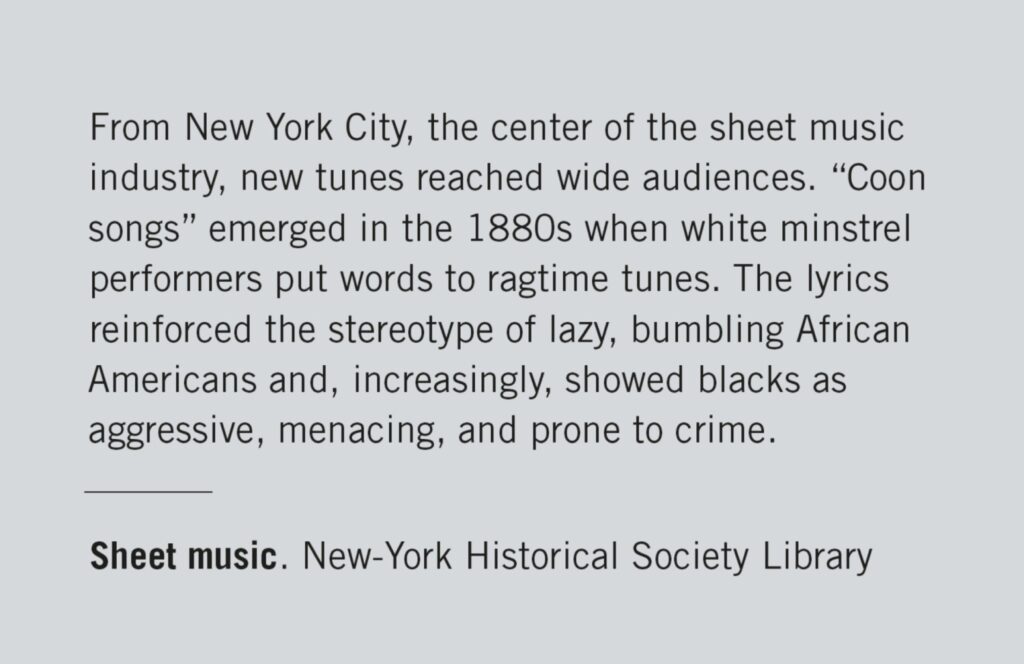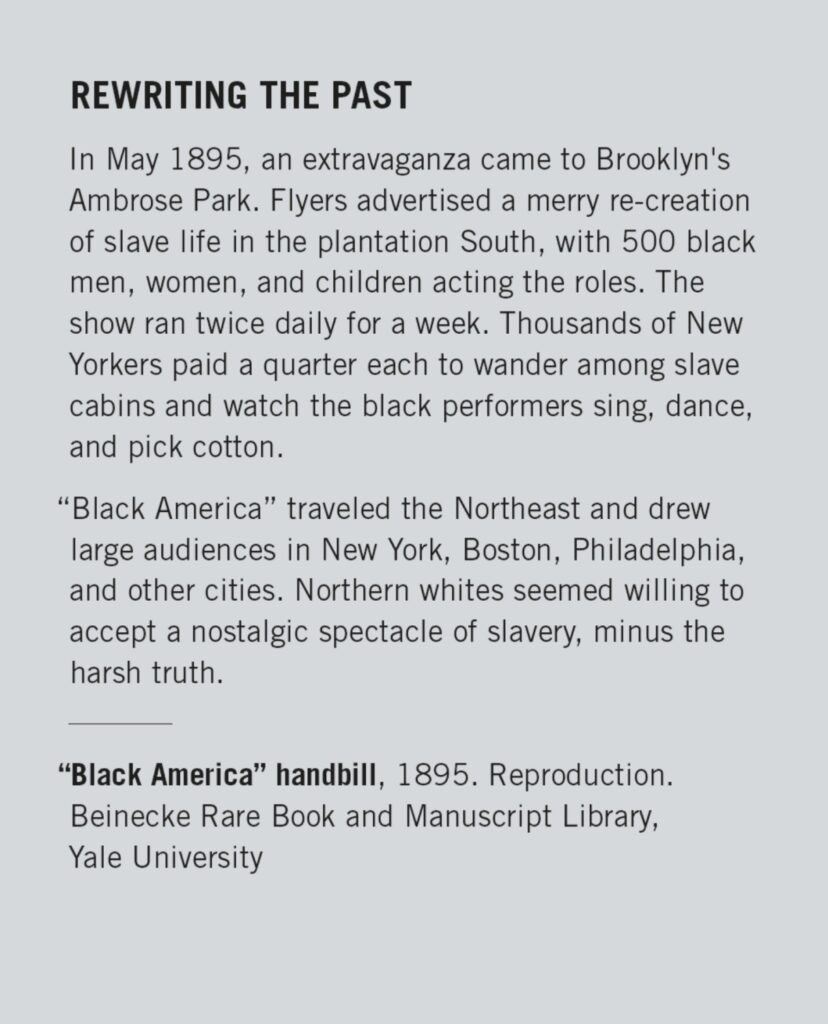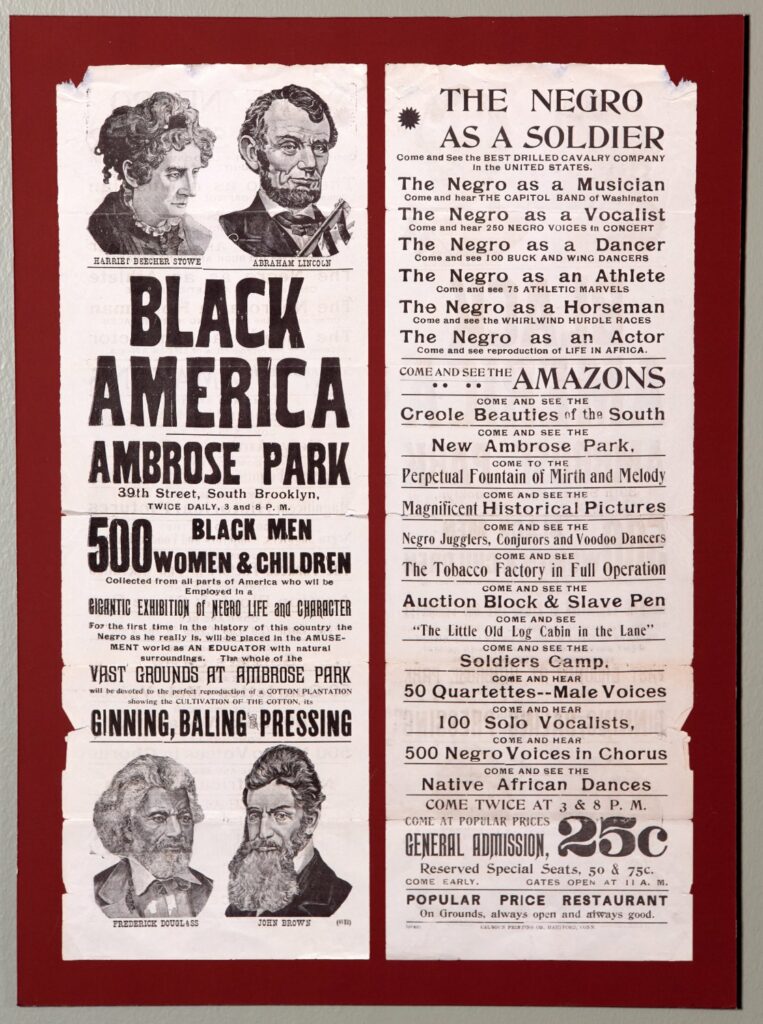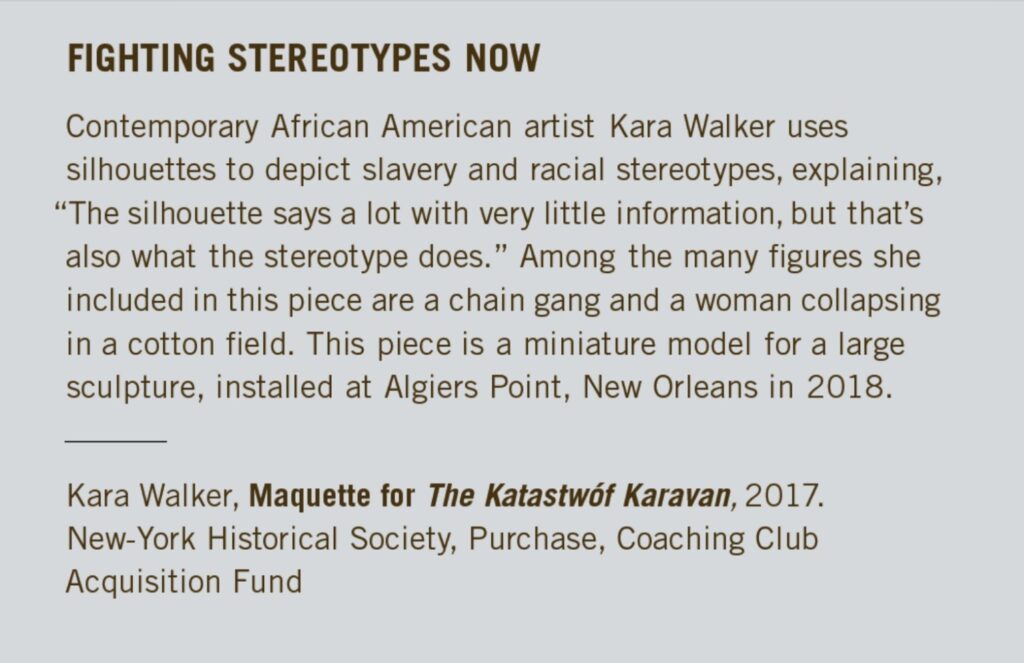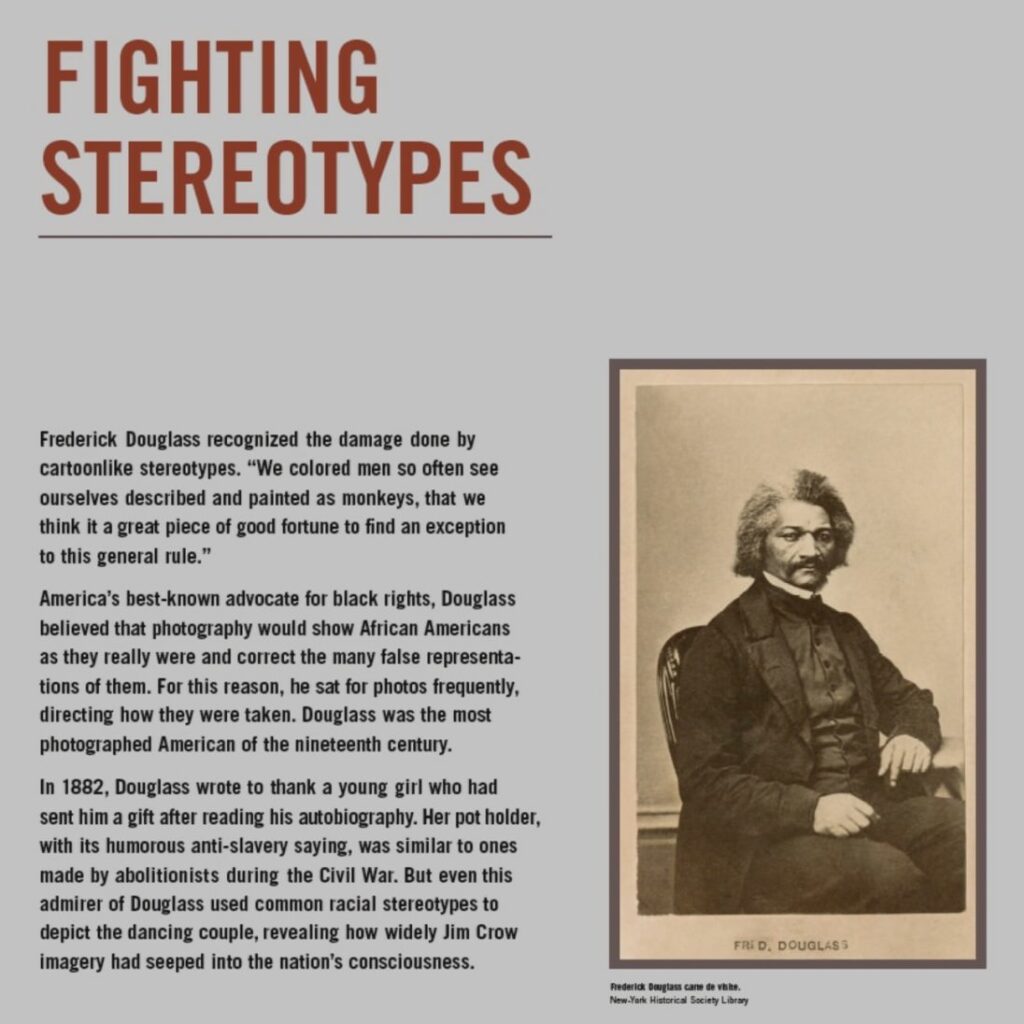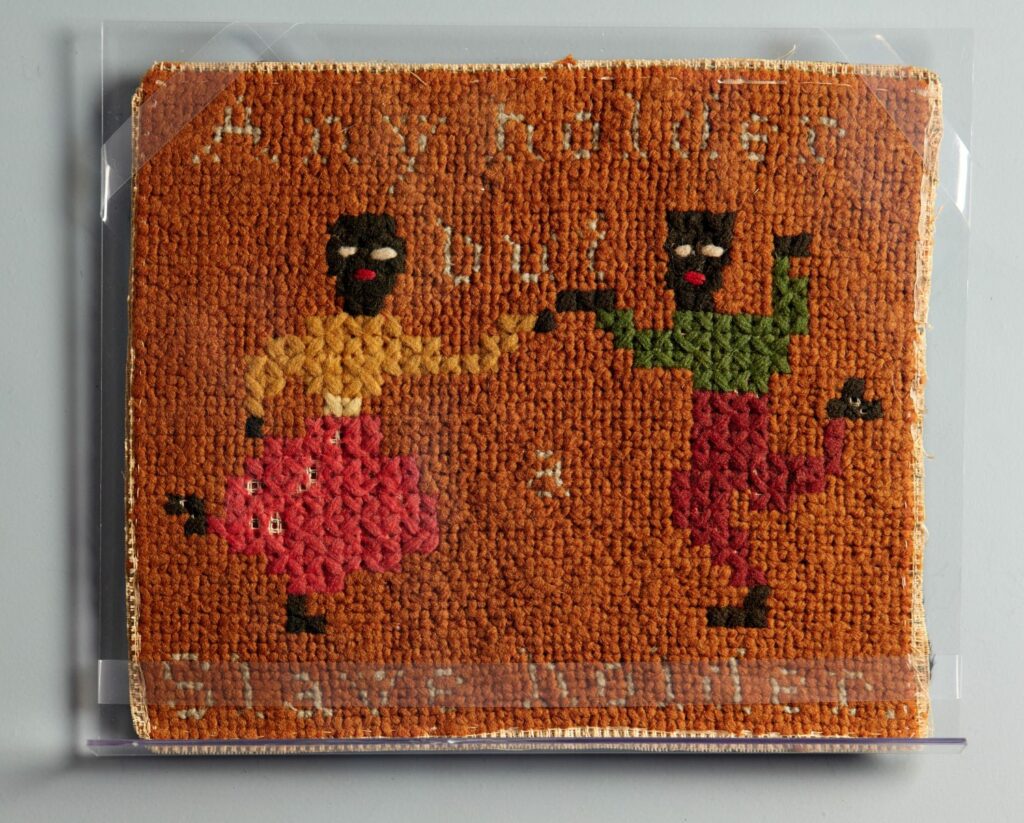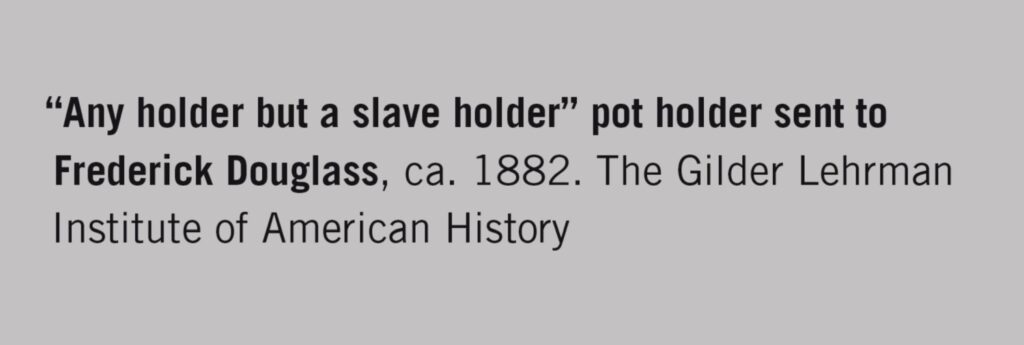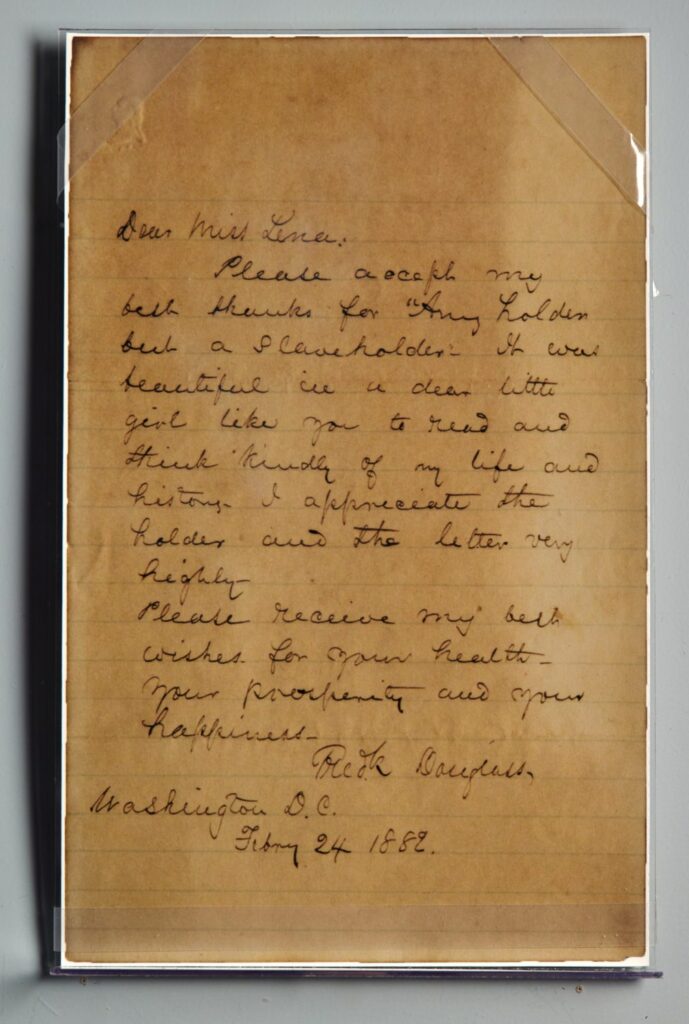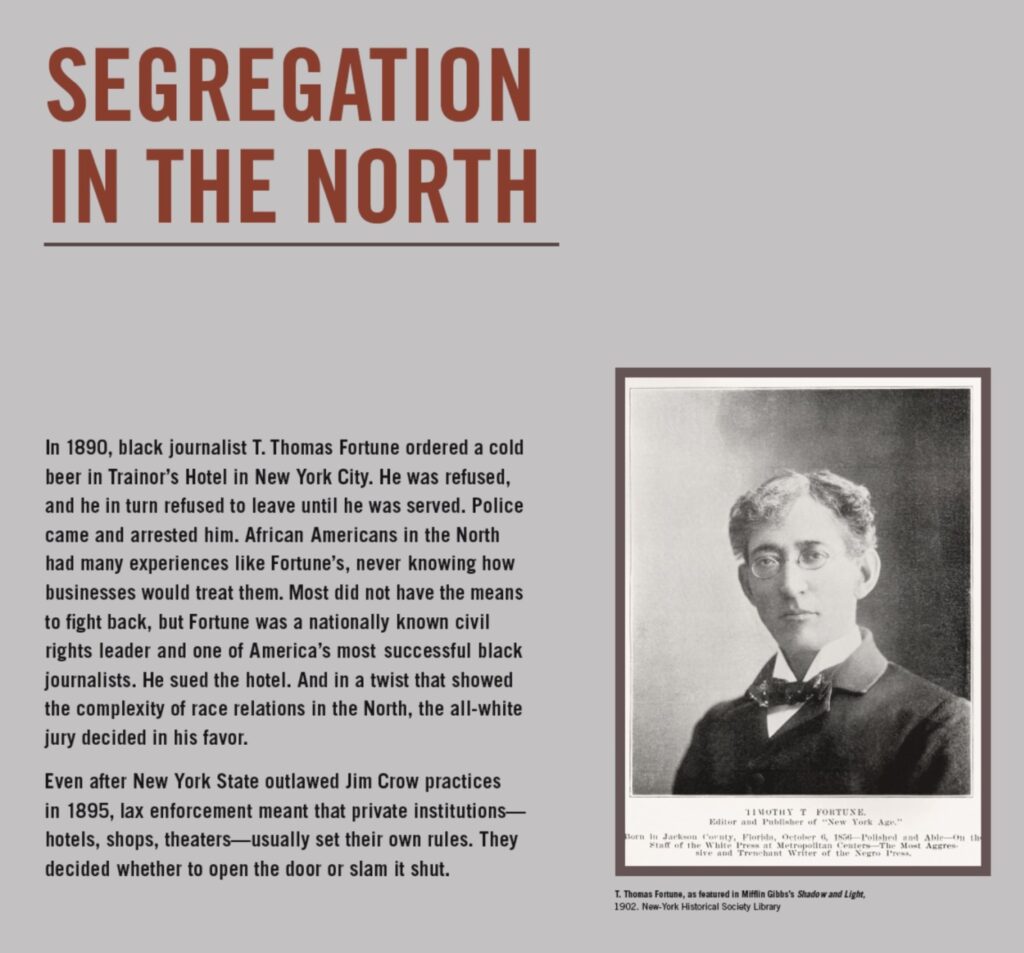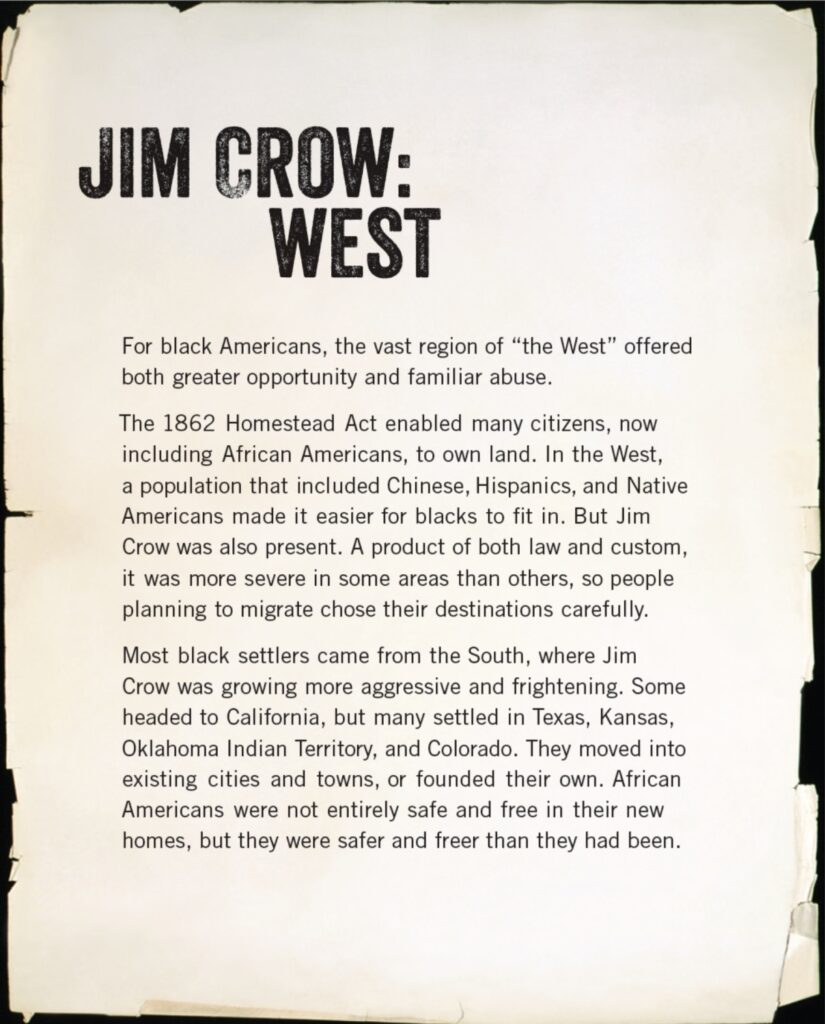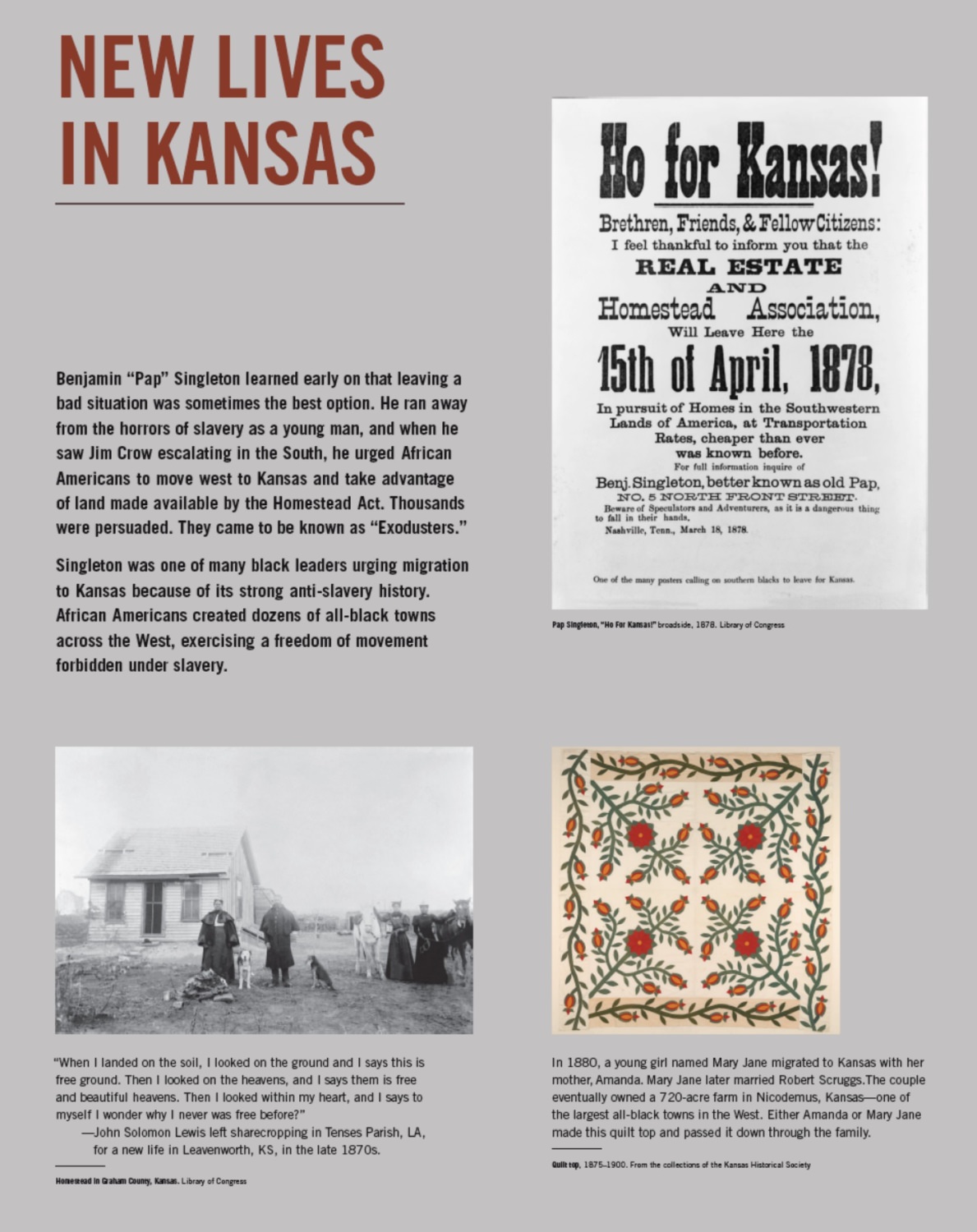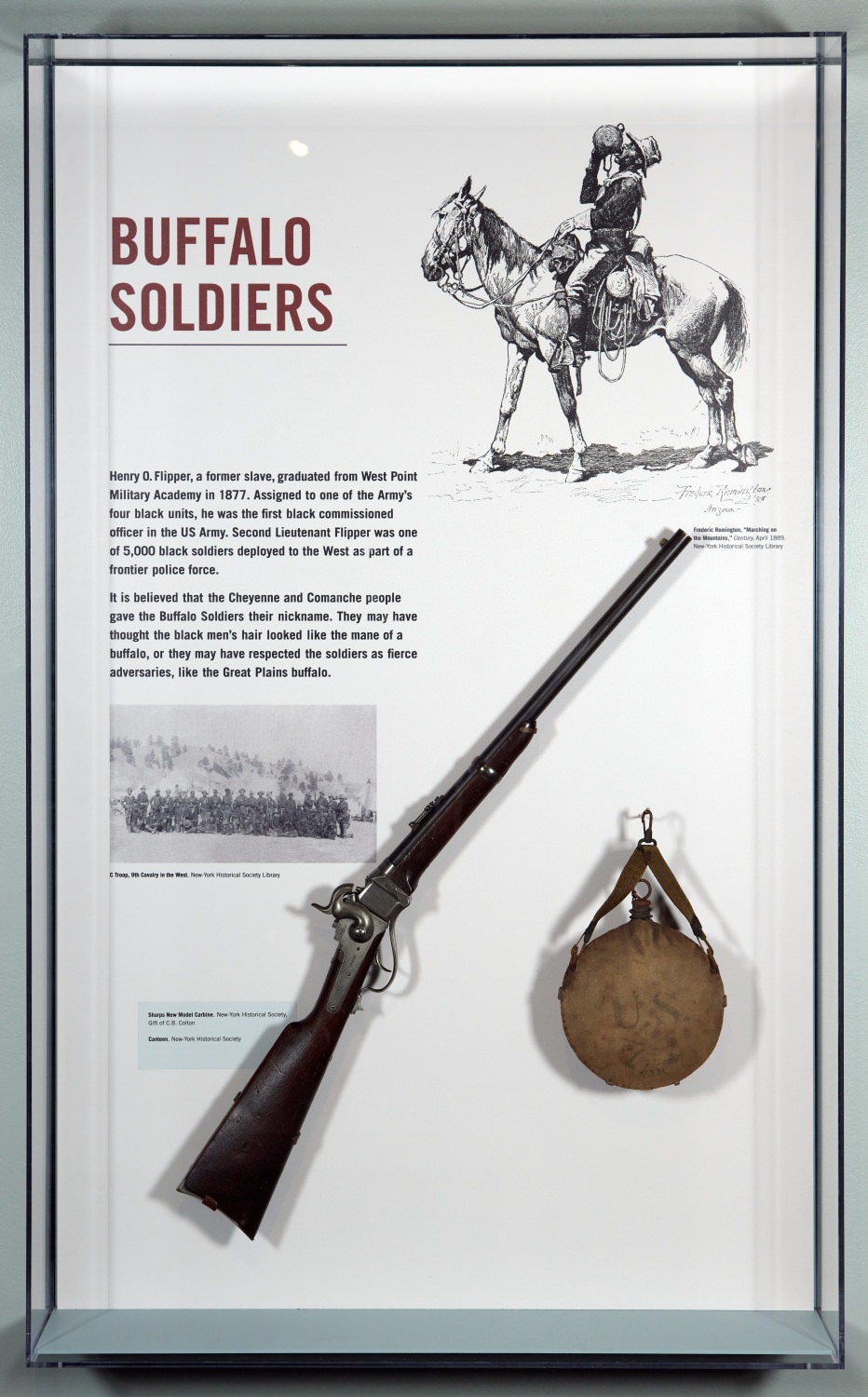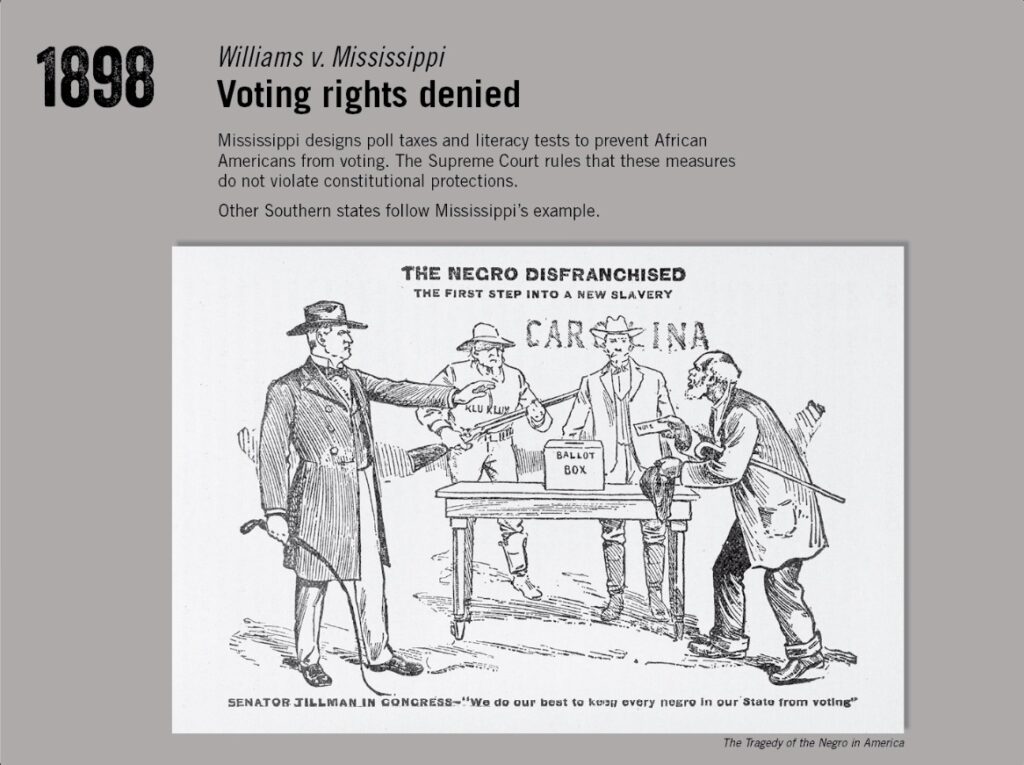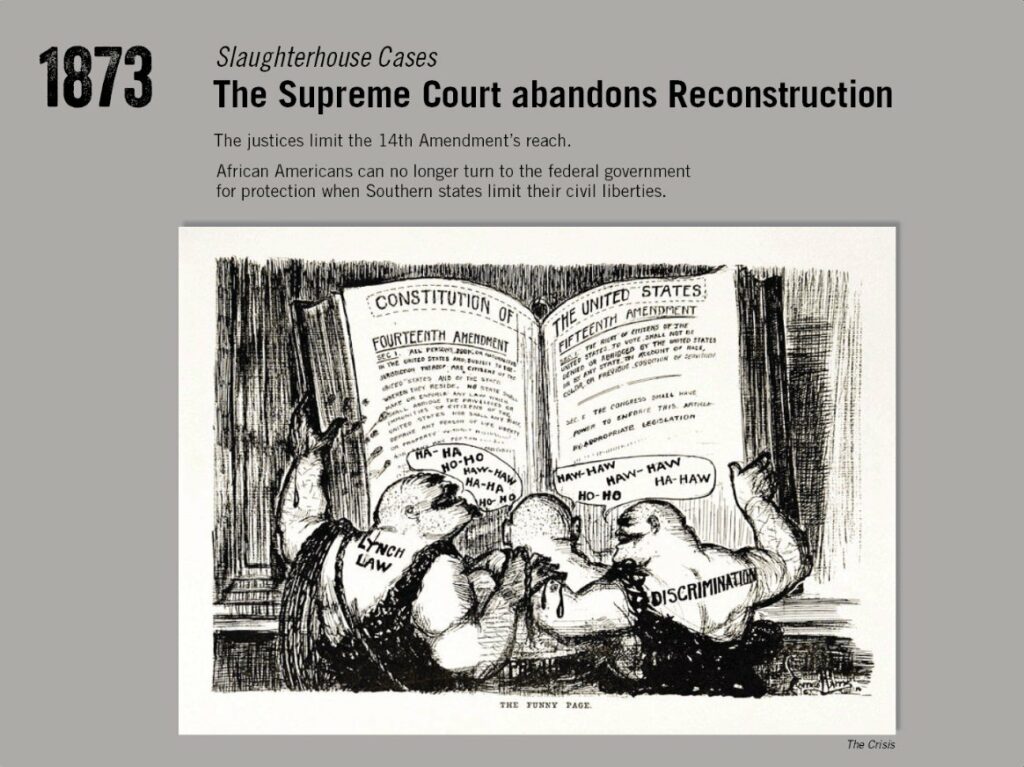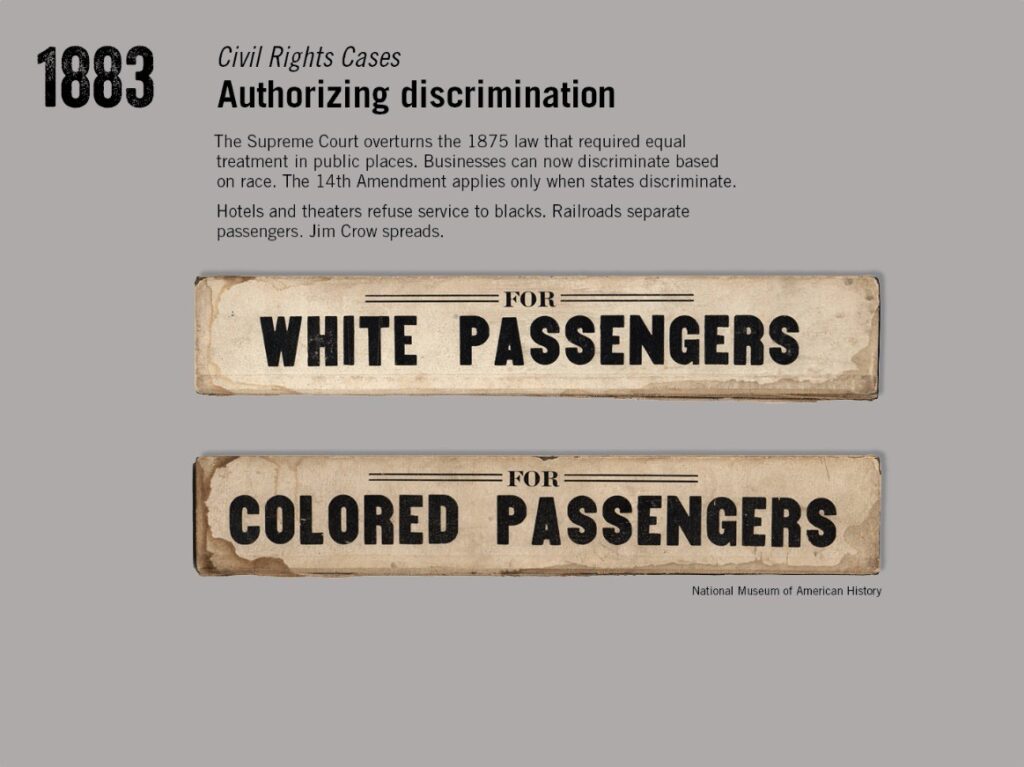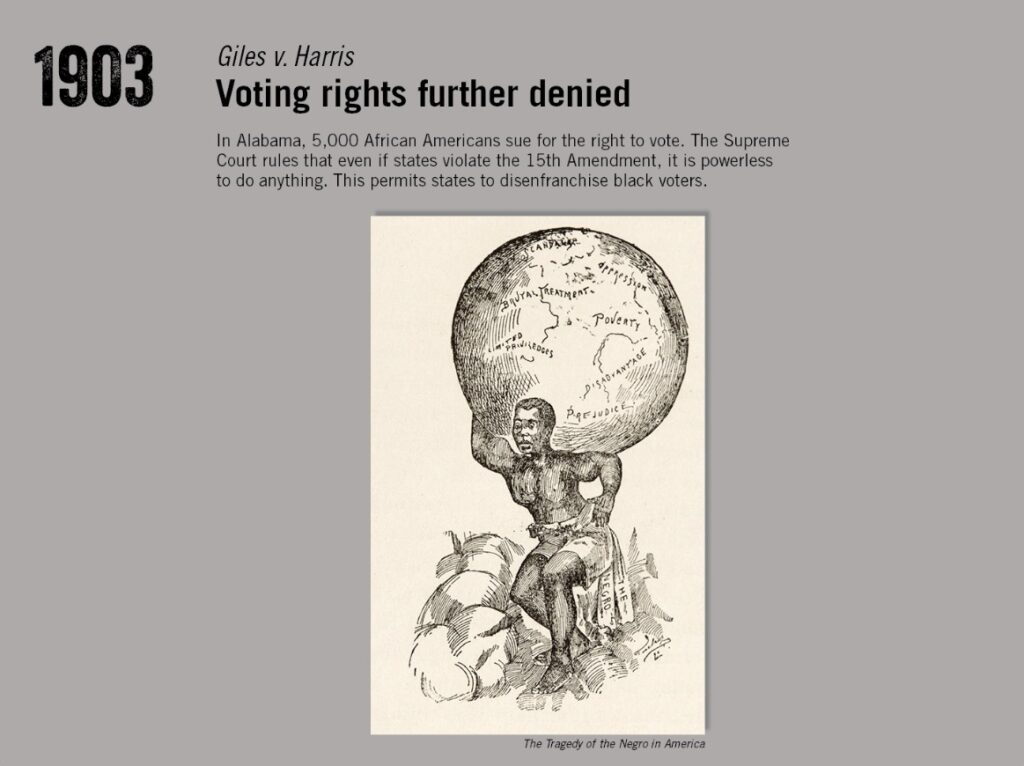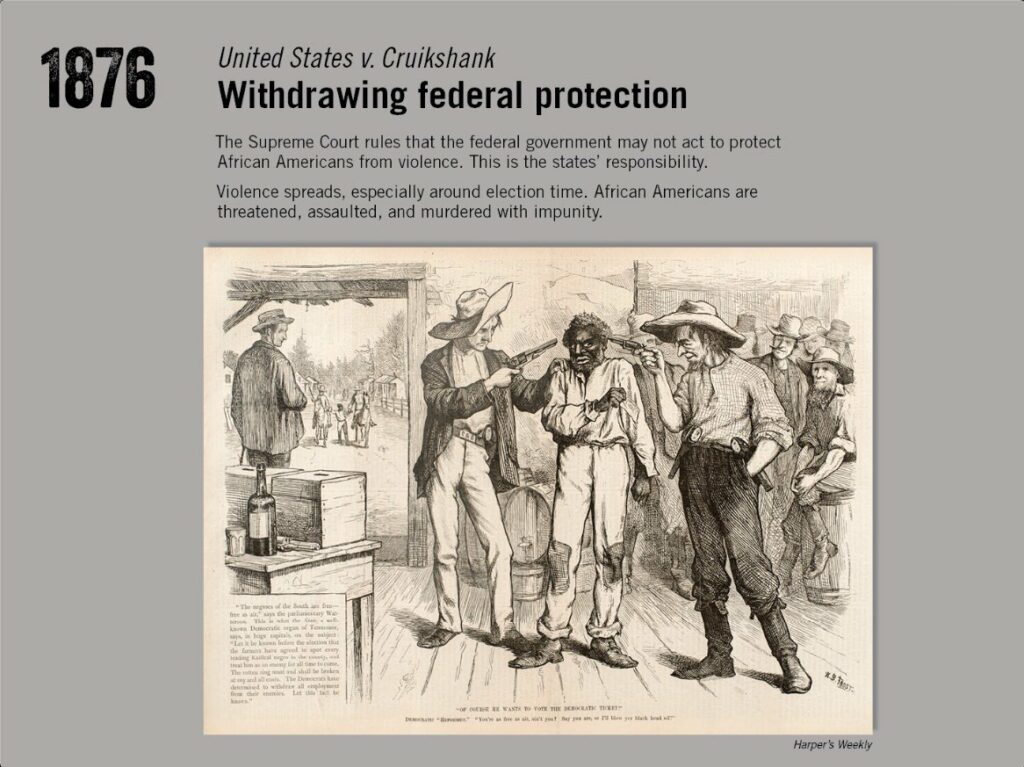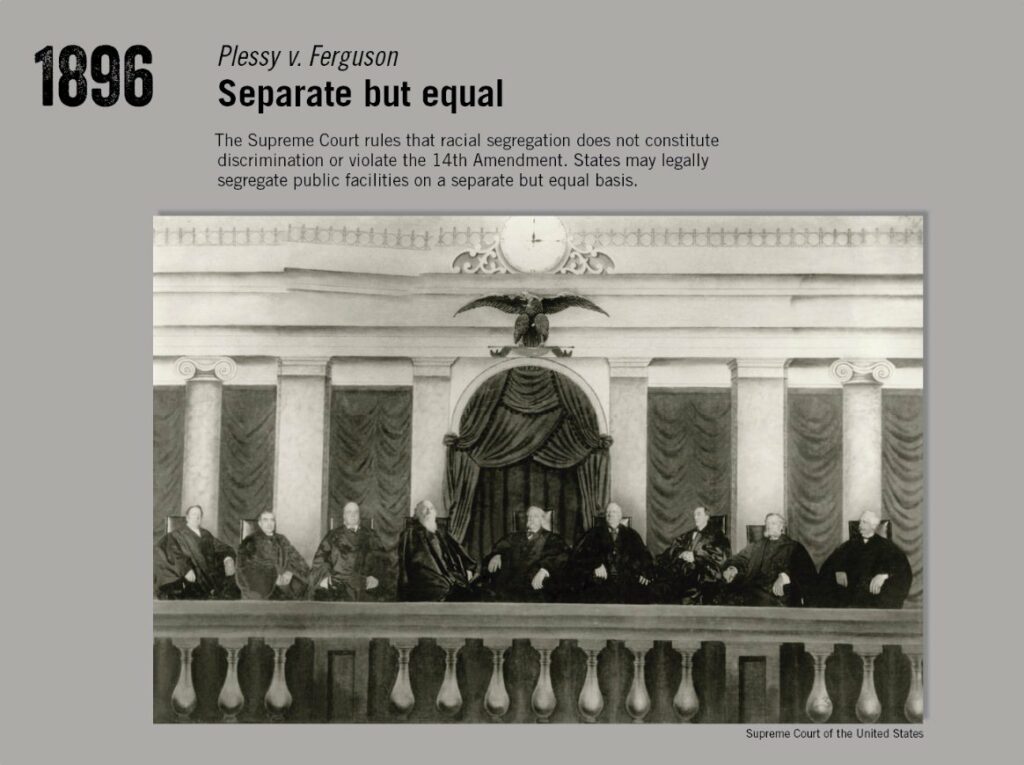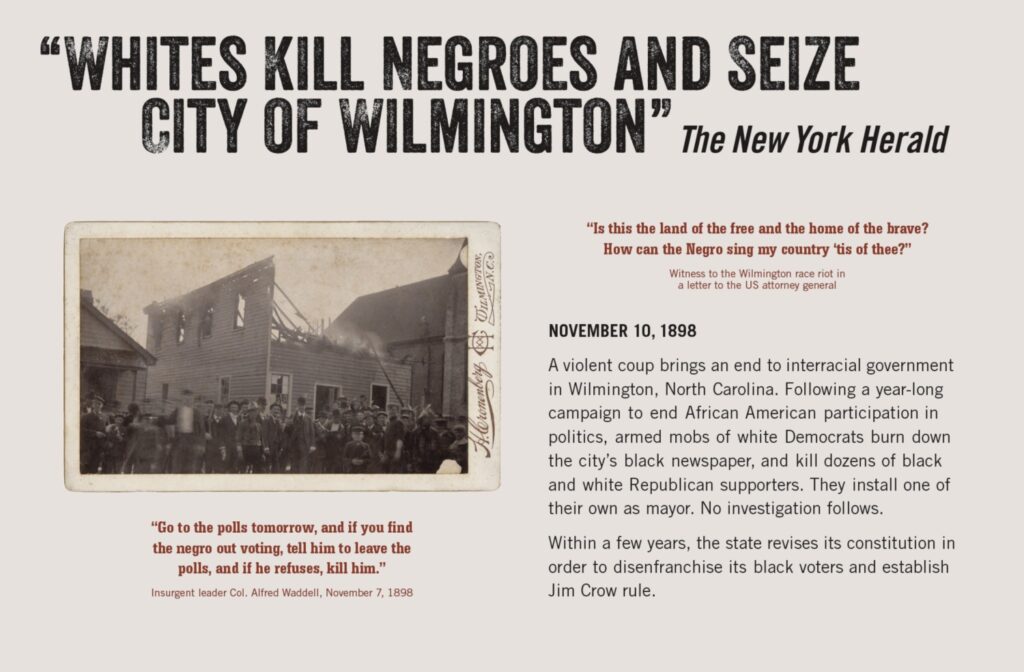The Rise of Jim Crow, 1877–1900
The Rise of Jim Crow, 1877–1900
Robert Smalls escaped slavery, became a Union naval hero, and was elected to the US House of Representatives from South Carolina in 1874. His presence in Congress, and his fight for black rights, provoked the anger of white Democrats. In a barefaced maneuver to end his career, they had him convicted of accepting a bribe.
Robert Smalls was later re-elected to the House. But his story illustrates the hazards black Americans faced as Reconstruction ended and its white opponents forced their way into power. Efforts in the name of democracy and citizenship were crushed. A forbidding new system of segregation and racial discrimination, known as “Jim Crow,” made it all but impossible for African Americans to exercise their new rights. Although named for a comic minstrel character, Jim Crow was deadly serious.
The South produced the most extreme form of Jim Crow, but the spirit of Jim Crow pervaded every region of the country. Despite the odds, black Americans continued to push for equal rights and full citizenship and to build institutions that provided community, opportunity, and strength.
Why was it called Jim Crow?
Jim Crow was a blackface minstrel character created by white stage performer Thomas “Daddy” Rice in the 1820s. Rice, a New Yorker, played his character for laughs, and white audiences loved him, seeing Jim Crow as an accurate representation of an inferior race.
As minstrel shows became all the rage, Jim Crow entered the popular culture and inspired the spread of racial stereotypes about blacks. The character’s name became attached to some of the many legal and social measures meant to subjugate African Americans and guarantee white dominance.
Jim Crow: South
“The slave went free; stood for a brief moment in the sun; then moved back again toward slavery.” –W.E.B. Du Bois
Soon after Reconstruction ended, former Confederates used new laws and social rules to limit black Southerners’ liberties. African Americans pushed on, hoping to skirt or defy Jim Crow and protect their hard-won freedoms. Wherever possible, they built communities, challenged discrimination, and forged alliances among themselves and with willing whites.
But the Jim Crow system continued to tighten. In the 1880s and 1890s, new laws prevented African Americans from voting and limited their mobility, employment, and schooling. Unfair contracts kept them bent over in the cotton fields of white owners. Rigid unwritten rules governed every encounter with whites: look away, step aside. The threat of violence hung over daily life.
LIFE
Murder
Journalist Ida B. Wells began her anti-lynching campaign in 1892, after a friend, Memphis grocer Thomas Moss, was shot to death by a white mob. Grieving and furious, she bought a pistol and focused her writing on the scourge of lynching.
Lynchings were vigilante killings, by hanging or other means. They were meant to terrorize blacks and keep them “in their place.” Some victims were lynched for perceived transgressions of racial rules, others for demanding basic rights. White vigilantes were rarely punished.
Wells’s campaign continued for decades. So did murderous mob “justice.” Between 1877 and 1950, by current estimates, 4,084 lynchings took place in the South.
LIBERTY
Servitude
Henry Blake was an Arkansas sharecropper. Without land of his own, he worked the cotton fields of a white farmer. Like most sharecroppers, he was paid in credit, which then was used to pay for food and supplies. “We couldn’t make nothing, just overalls and something to eat.”
Sharecropping provided white employers with cheap labor. So did prisons. Laws in Southern states ensured a steady supply of convicts, most of them African American. States rented out prisoners for work outside the penitentiaries and collected the fees for their labor.
Sharecropping and the penal system both worsened under Jim Crow, maintaining whites in power and keeping black people’s lives and livelihoods always at risk.
PURSUIT OF HAPPINESS
Safe Havens
Booker T. Washington, born in slavery, was nine when the Civil War ended. He taught himself to read and enrolled in school. At twenty-five, he was the principal of a new college in Tuskegee, Alabama.
The Tuskegee Institute offered a variety of subjects but emphasized vocational training. Washington believed in the dignity of manual labor and saw it as the best way for black people to gain economic security. He also believed that training programs for the trades would attract the financial support of sympathetic whites and would avoid enraging whites who thought blacks were reaching too high.
Black institutions, like Tuskegee and the many churches that dotted the countryside, were safe havens in the ruthless landscape of Jim Crow. When so many avenues were closed to African Americans and so many dangers surrounded them, schools and churches were part of a growing black culture that offered intellectual and spiritual nourishment, safety, and fellowship.
DEMOCRACY
How Voter Suppression Worked
Most African Americans lived in the South and were Republicans. White Democrats invented numerous ways to prevent them from voting. They set fees few blacks could afford and required literacy tests few could pass. They used threats to make any potential black voter fear for his life and his family’s.
The goal of Reconstruction was to expand the franchise. The goal of the Southern Jim Crow system was to shrink it again, and whites succeeded in doing so. During Reconstruction, 90% of Mississippi’s black men were registered voters. By 1892, the figure had plummeted to 6%, where it stayed until the civil rights campaigns of the 1960s.
One voter kept away from the polls was a Mr. Keeling of Virginia. In the 1883 state elections, he and his wife decided he should stay home. Vigilantes had just killed four local black men, and now whites were warning black people not to vote, or else. White Democrats swept the election, replacing the black-white coalition that had governed Virginia for the previous four years.
EQUALITY
Segregation
Homer Plessy represented an interracial committee seeking to challenge segregation. He volunteered to be arrested for the “crime” of sitting in one of Louisiana’s whites-only train cars. Plessy’s white lawyer, Albion Tourgée, argued that the racial segregation of train cars violated the 14th Amendment.
In 1896, Homer Plessy lost his case. The Supreme Court ruled that public facilities could be segregated on a “separate but equal” basis. One justice, John Marshall Harlan, dissented in strong terms, making the now-famous statement, “our Constitution is color-blind.”
The decision was one of several that allowed states to formalize the discriminatory practices that had emerged in the early Jim Crow era. These court rulings reinforced underlying attitudes about racial hierarchy and helped firmly establish white control.
Jim Crow: North
Before 1900, African Americans made up only a small portion of the mostly white North. They were able to exercise political rights denied in the South. They voted in elections, ran for office, and used the court system to challenge discrimination.
But they also encountered Jim Crow, based more on social practice than law. Their political rights were disputed or ignored. They were limited to low-paying jobs and prevented from living in many neighborhoods. Their children were often refused admittance to white schools. Though they did not face the sustained terrorism of the South, blacks in the North endured threats, insults, and outbursts of violence.
The North, especially New York City, helped make Jim Crow seem normal and acceptable to Americans. Businesses flooded the nation with advertisements, books, sheet music, prints, and manufactured goods that presented African Americans as deficient, ridiculous, or dangerous. Historians and scientists in museums and universities wrote influential books that gave legitimacy to these biases.
Jim Crow: West
For black Americans, the vast region of “the West” offered both greater opportunity and familiar abuse.
The 1862 Homestead Act enabled many citizens, now including African Americans, to own land. In the West, a population that included Chinese, Hispanics, and Native Americans made it easier for blacks to fit in. But Jim Crow was also present. A product of both law and custom, it was more severe in some areas than others, so people planning to migrate chose their destinations carefully.
Most black settlers came from the South, where Jim Crow was growing more aggressive and frightening. Some headed to California, but many settled in Texas, Kansas, Oklahoma Indian Territory, and Colorado. They moved into existing cities and towns, or founded their own. African Americans were not entirely safe and free in their new homes, but they were safer and freer than they had been.


